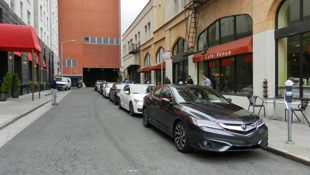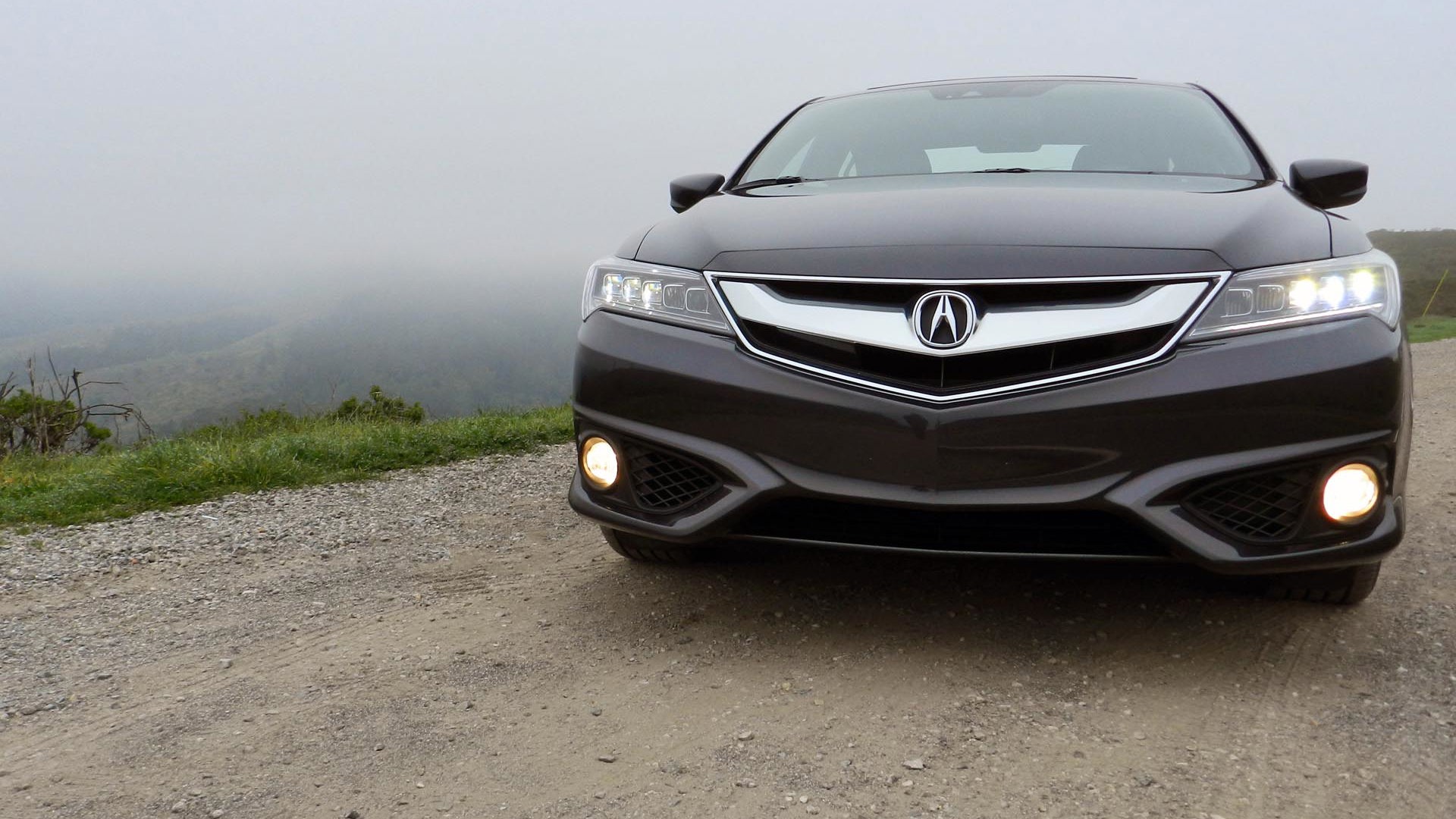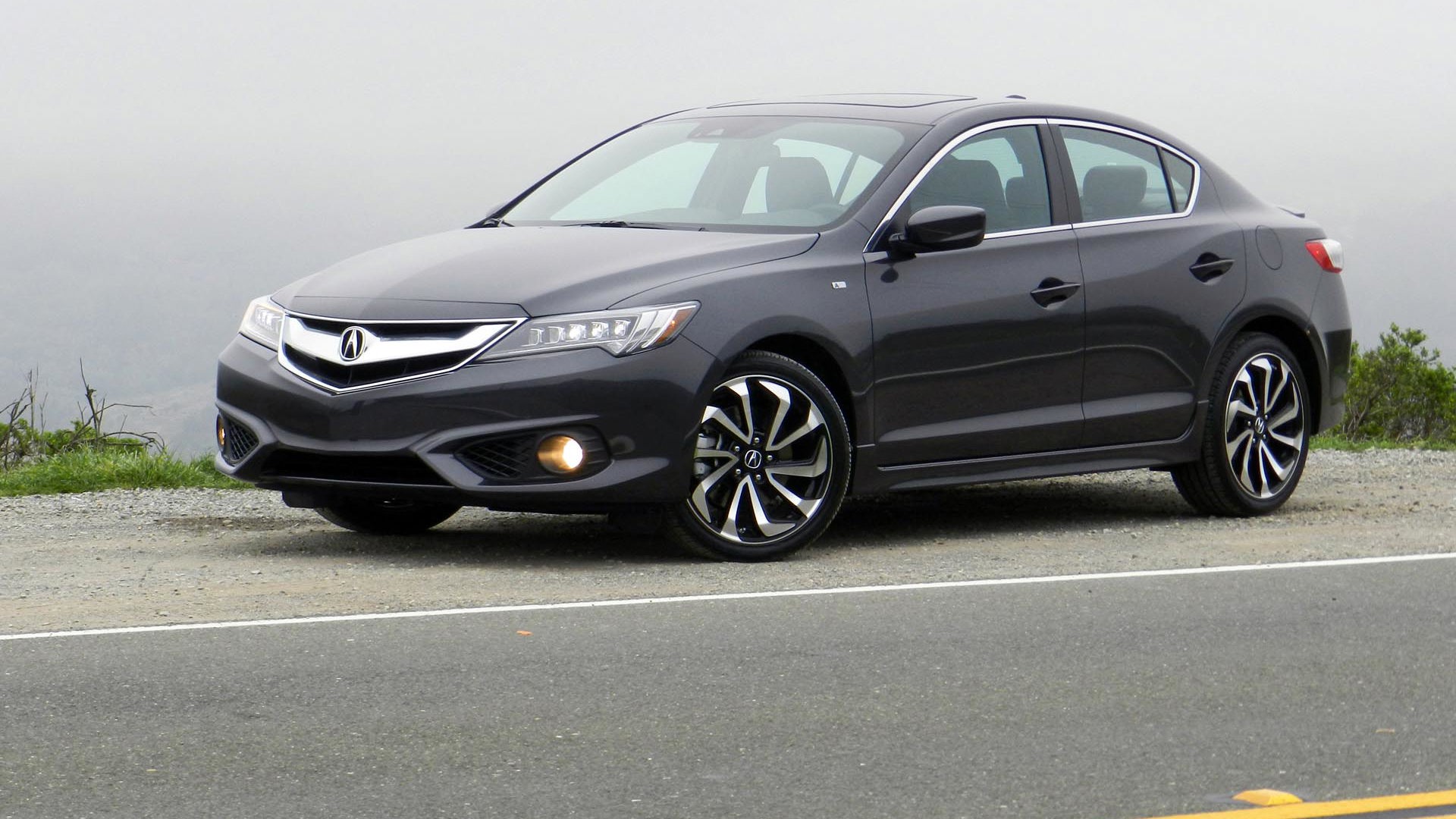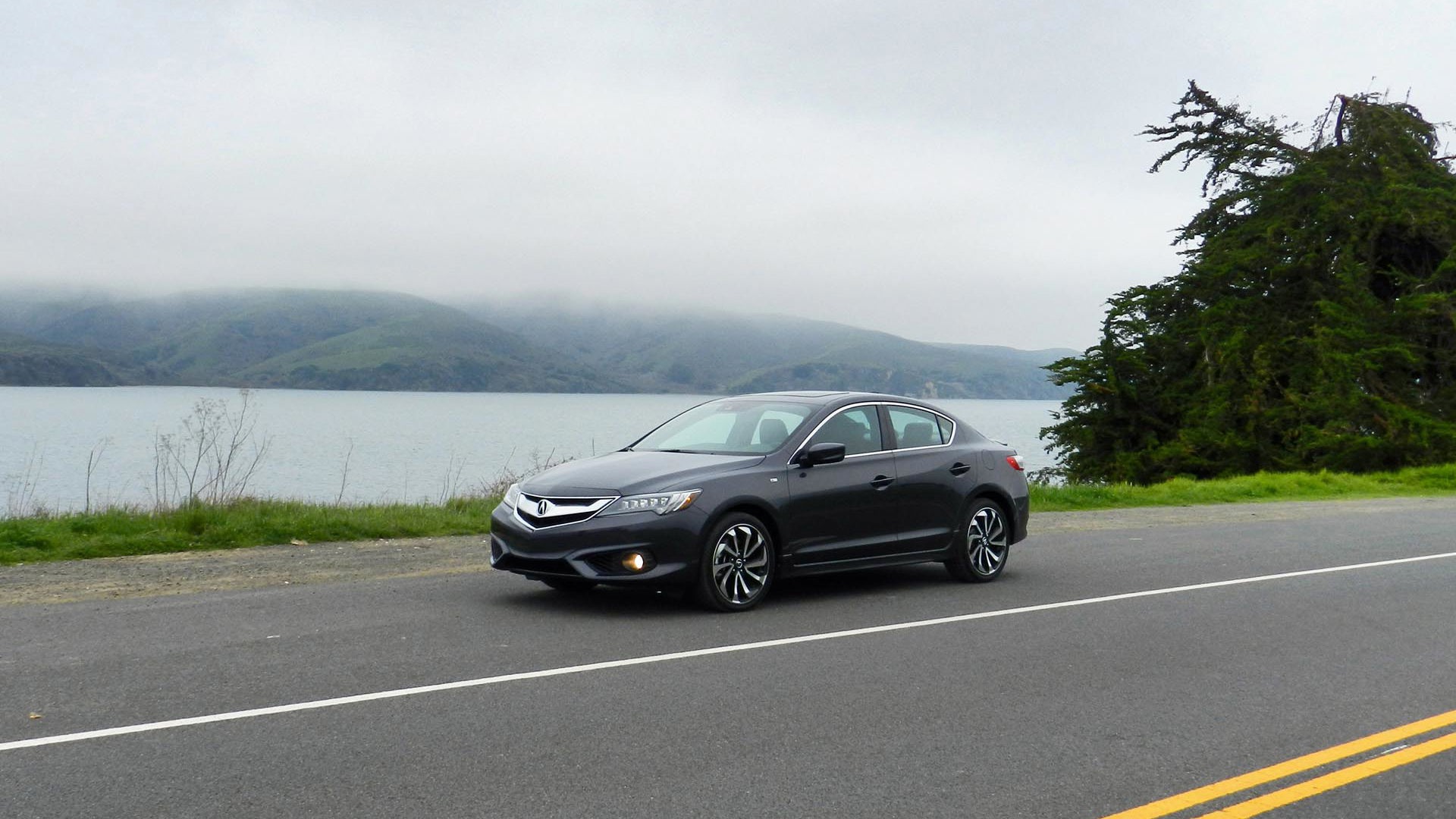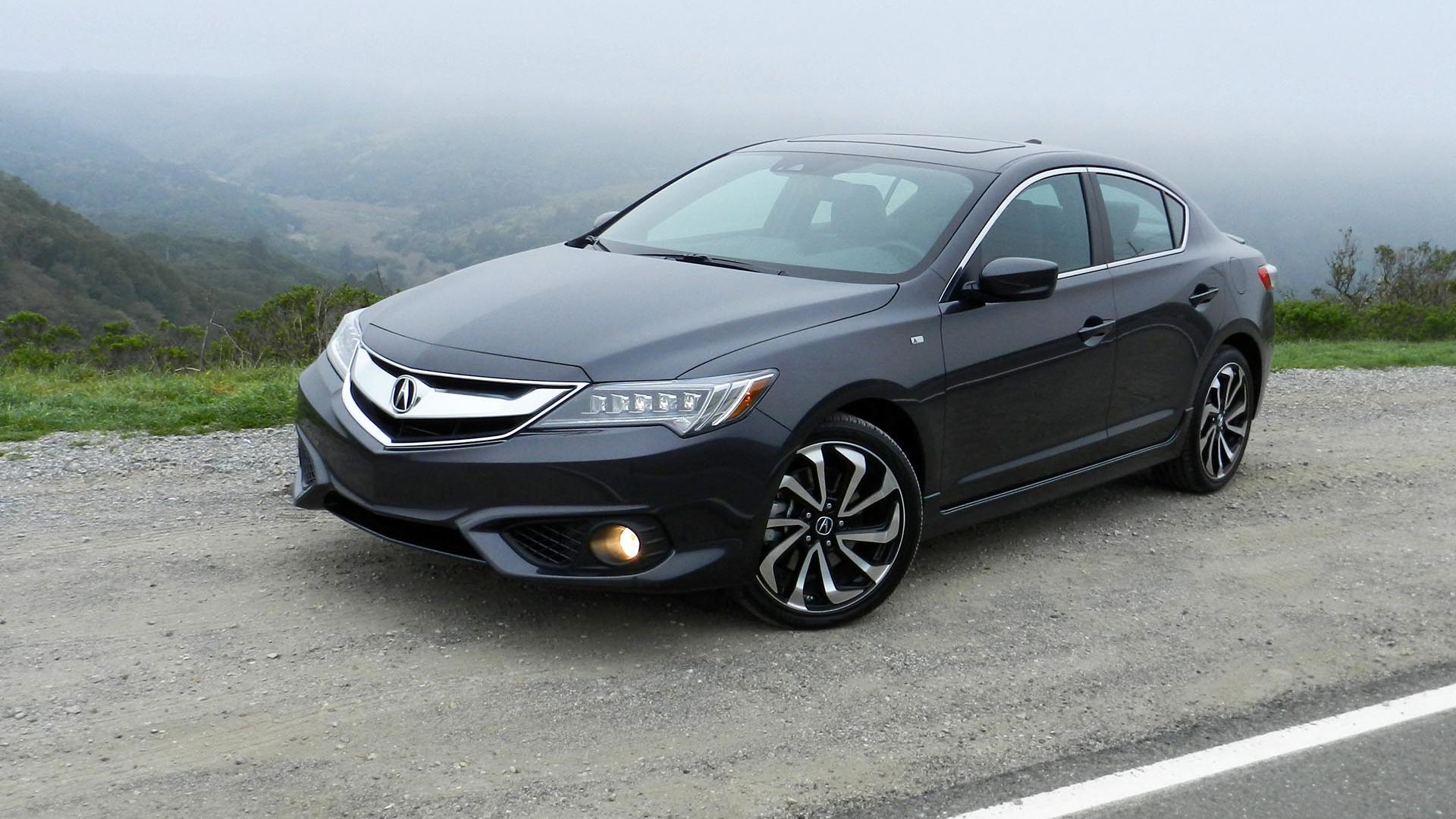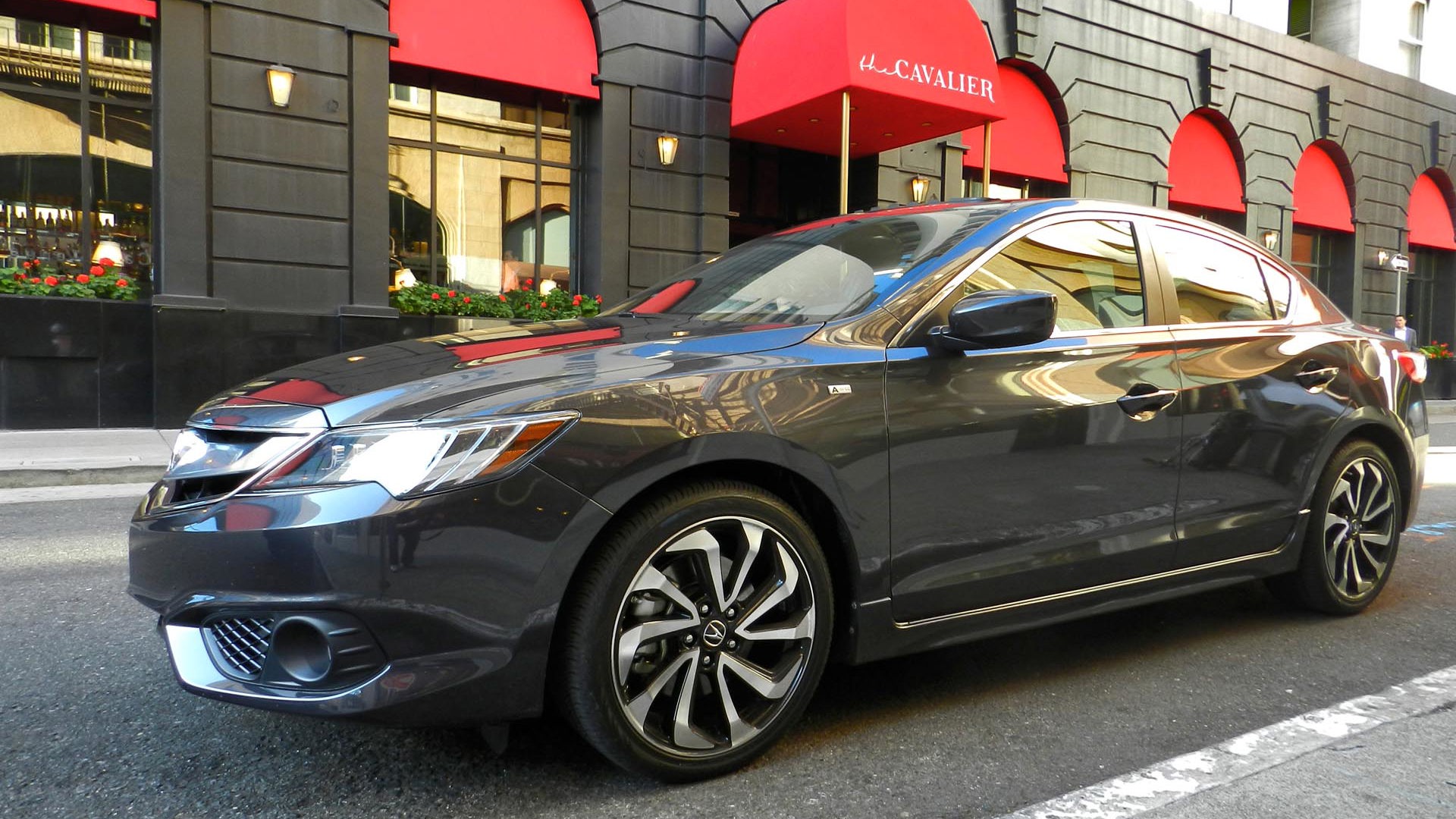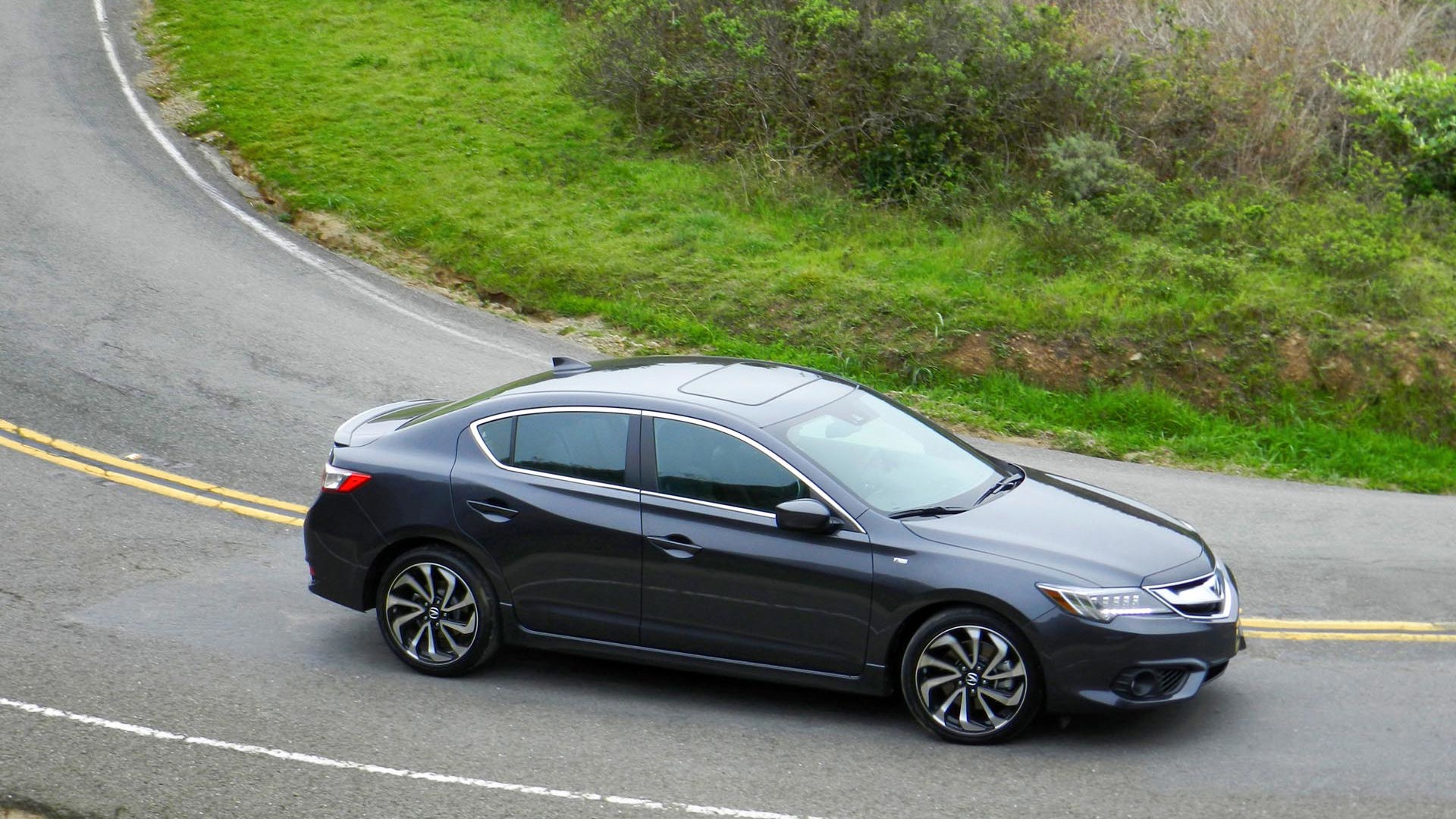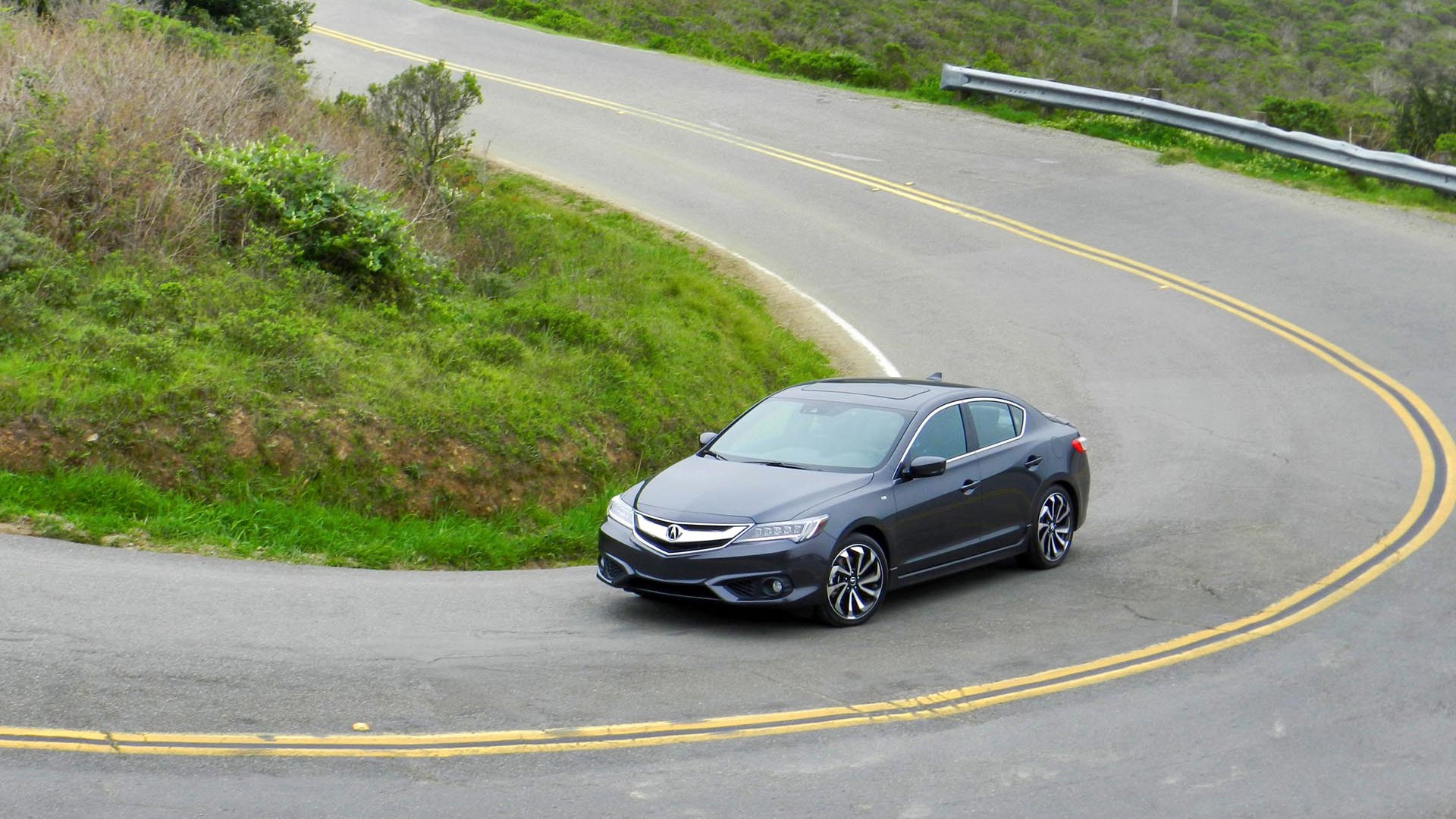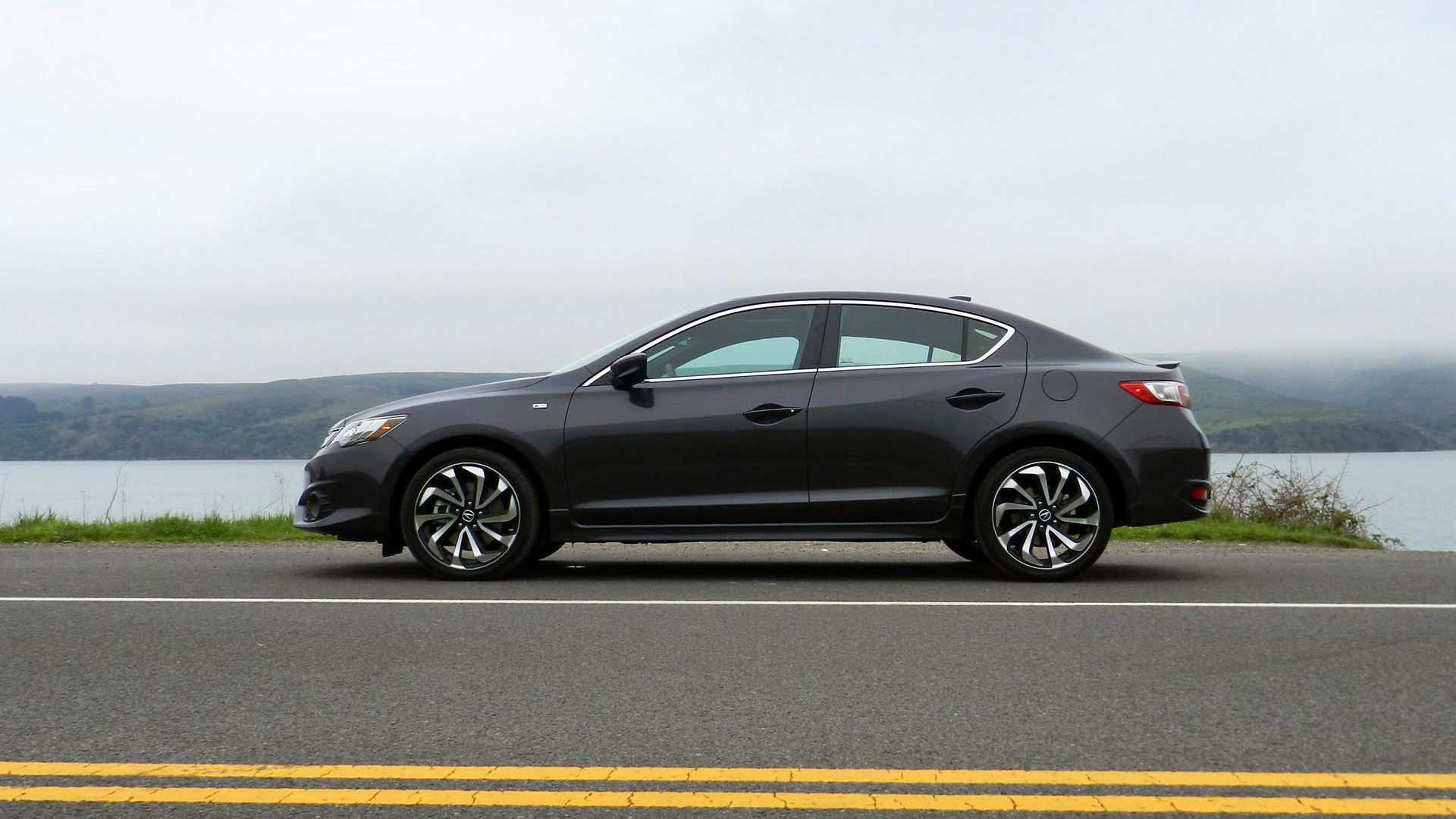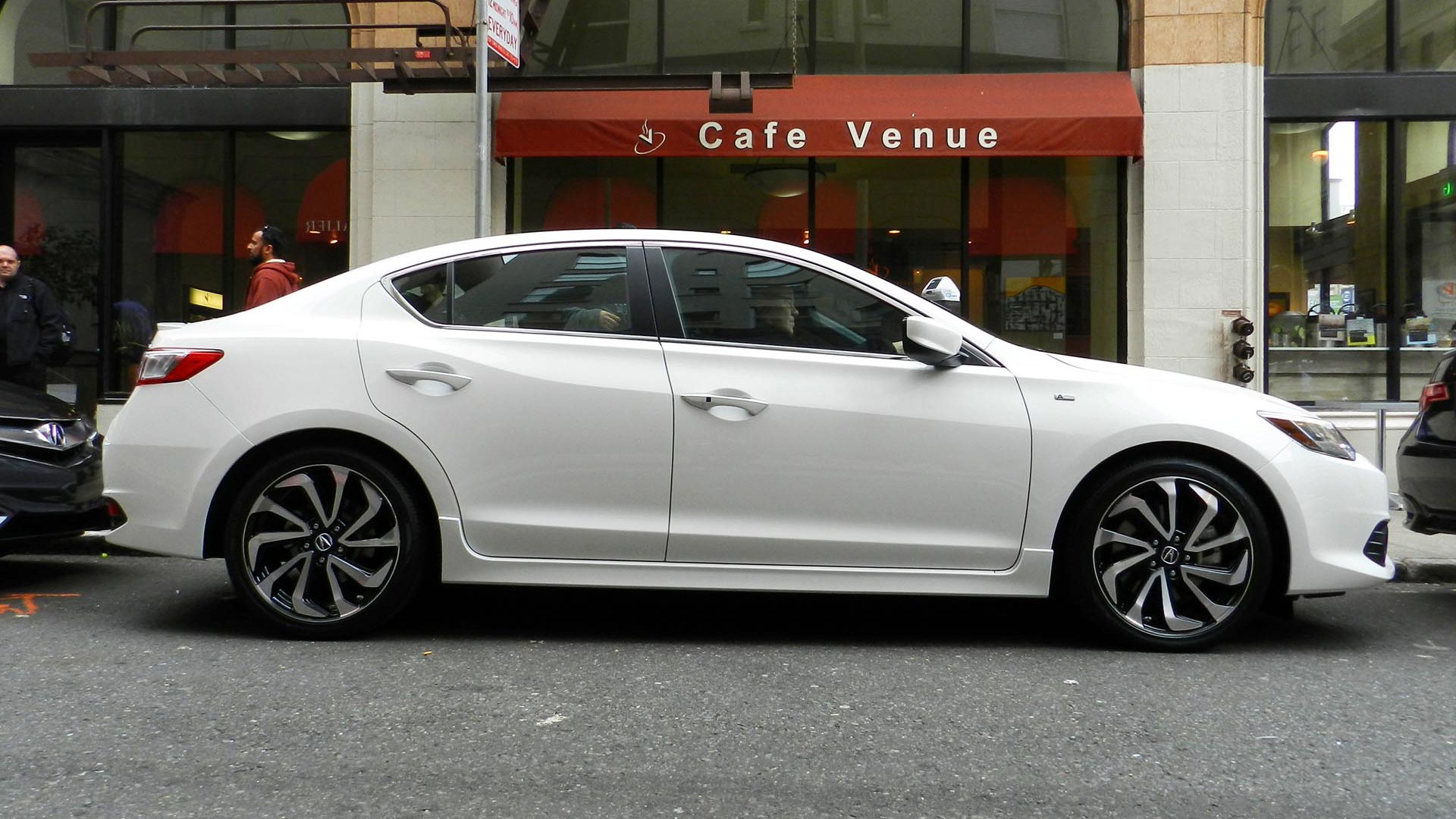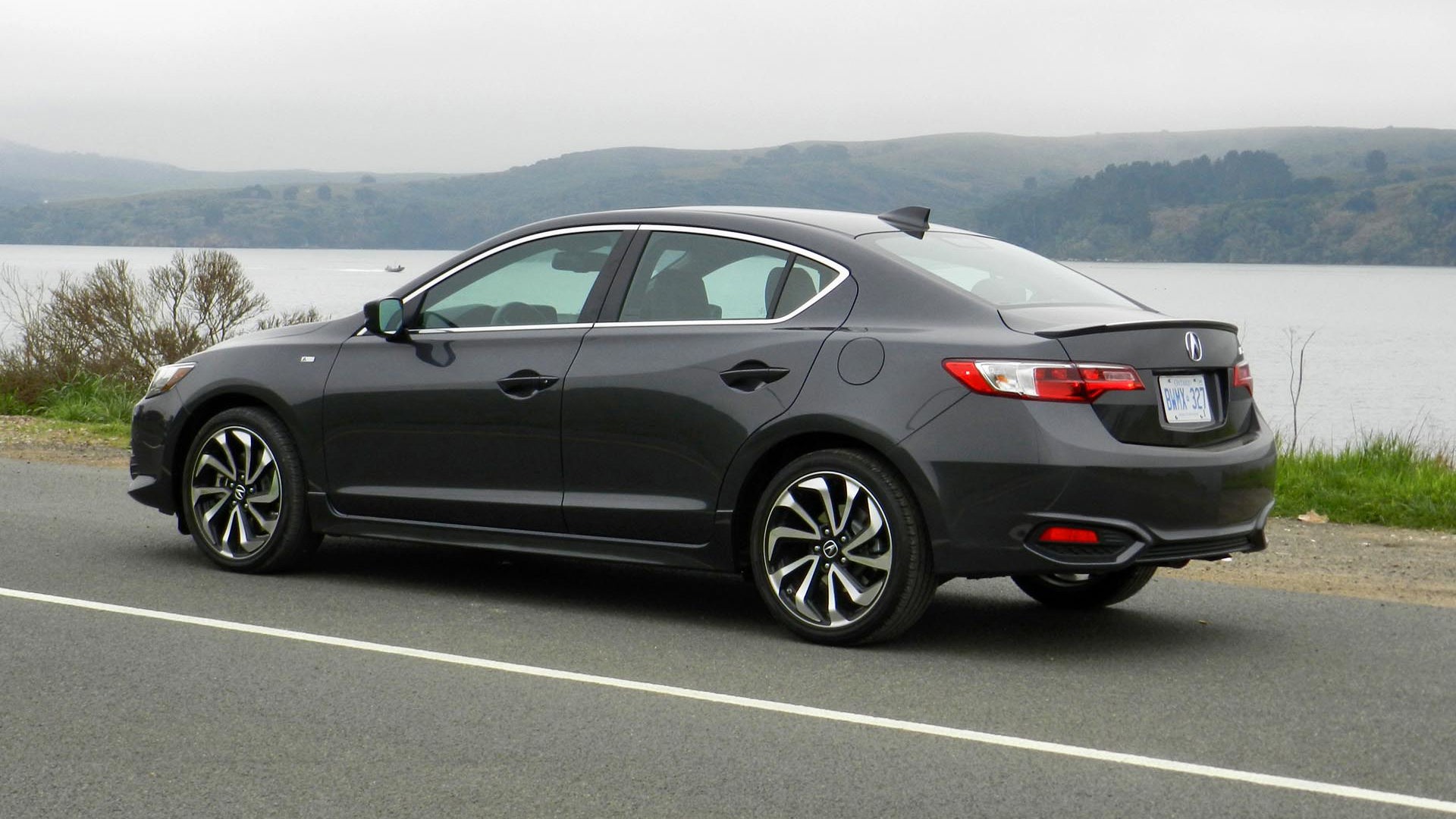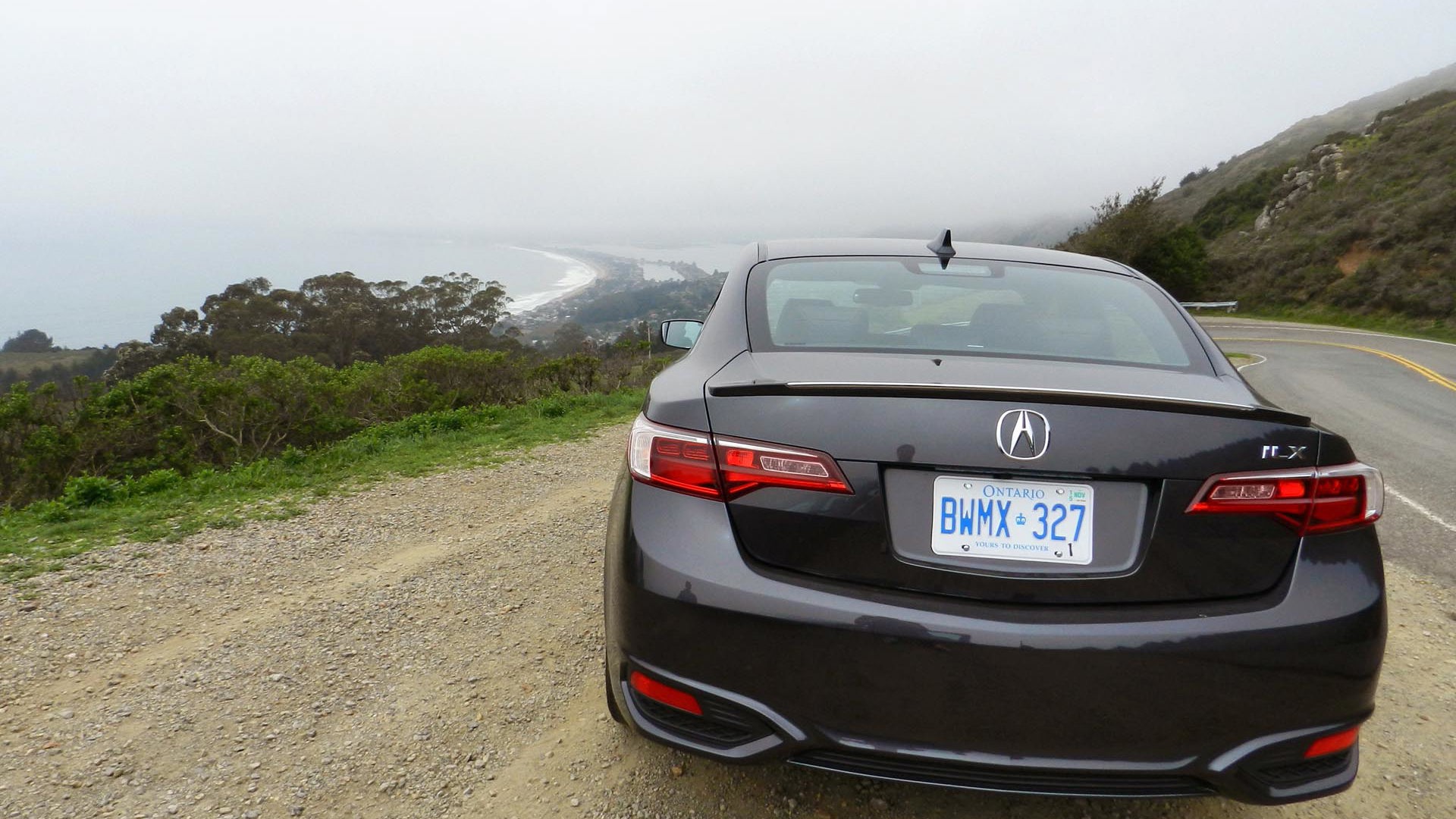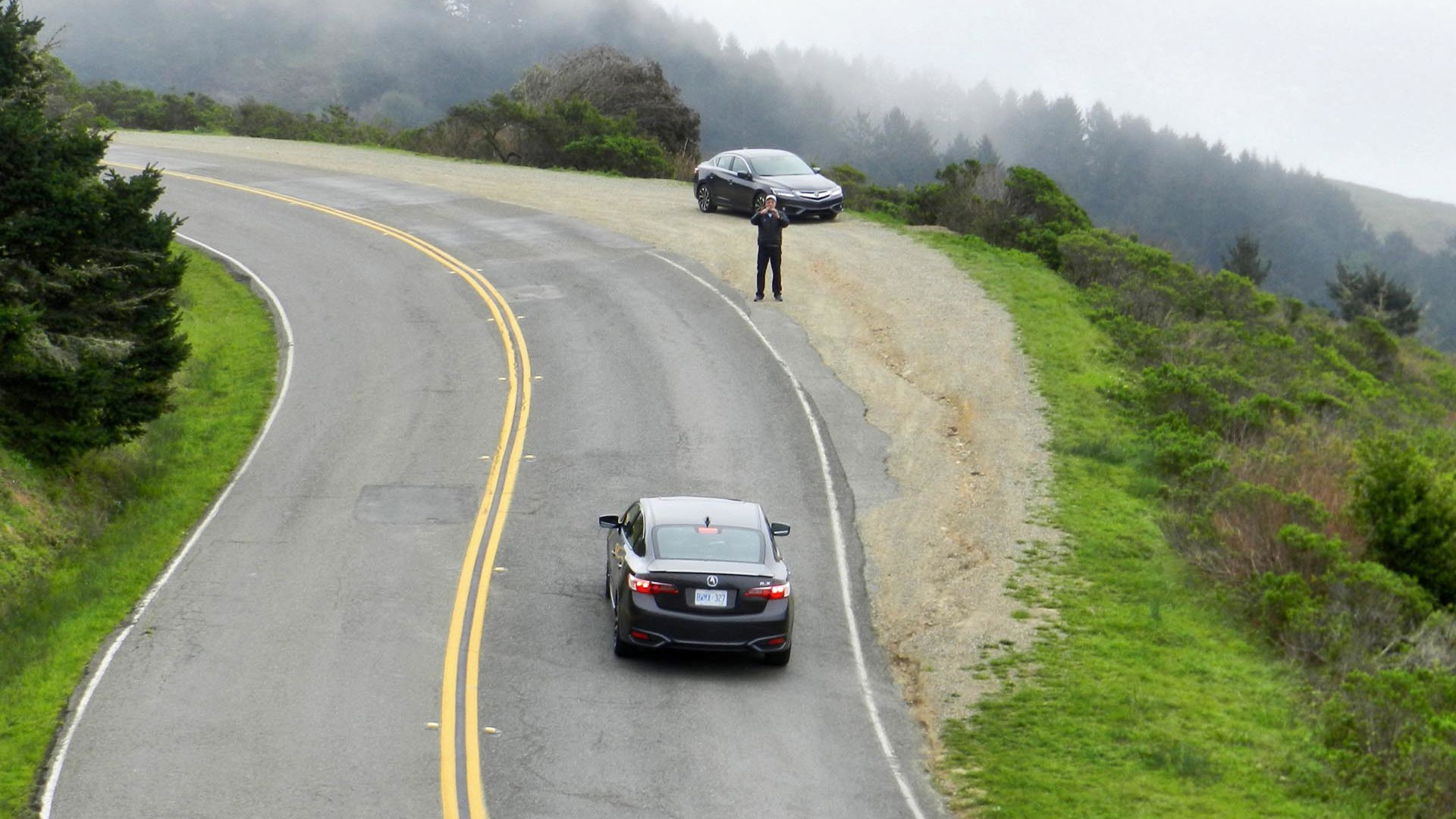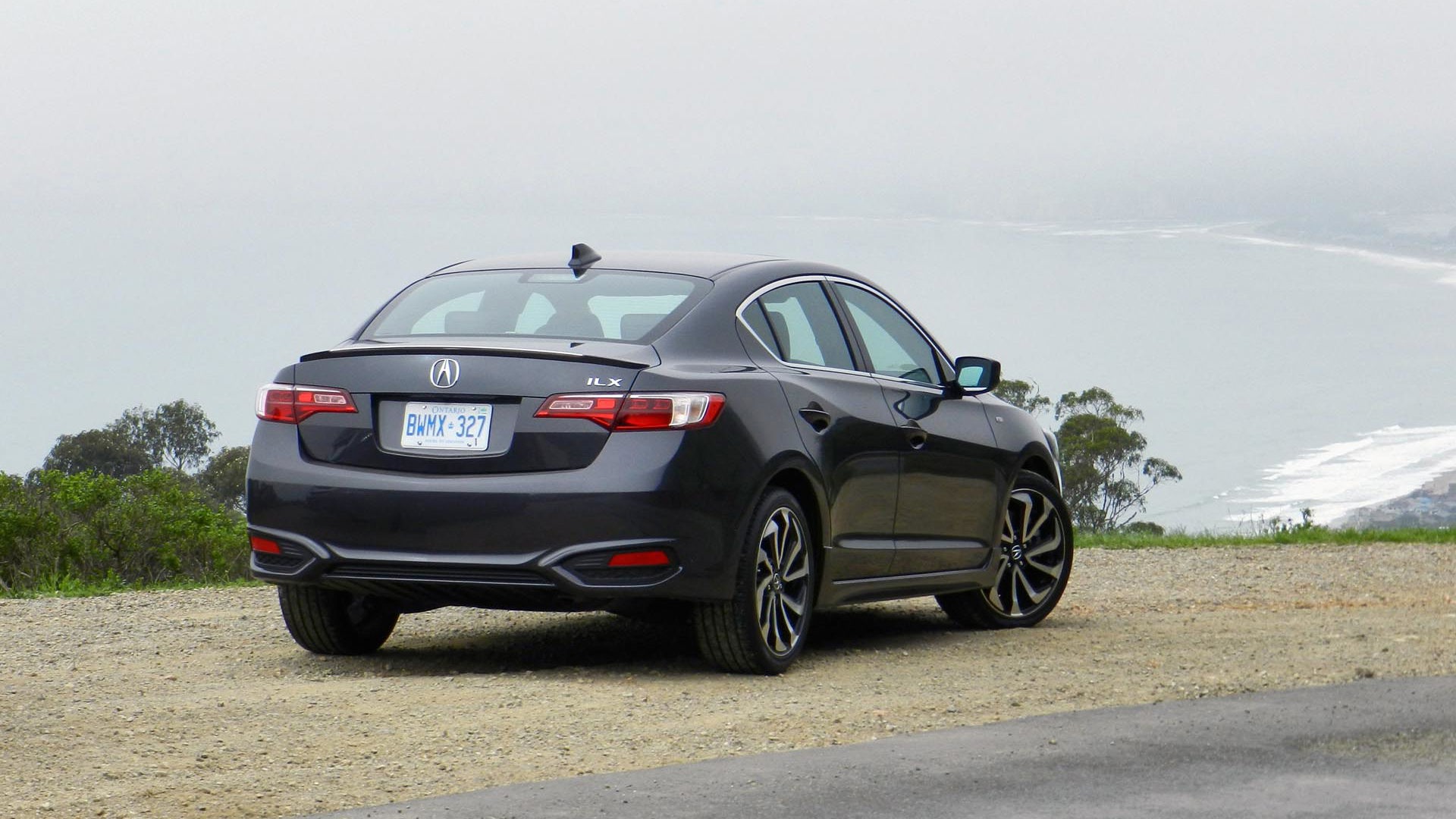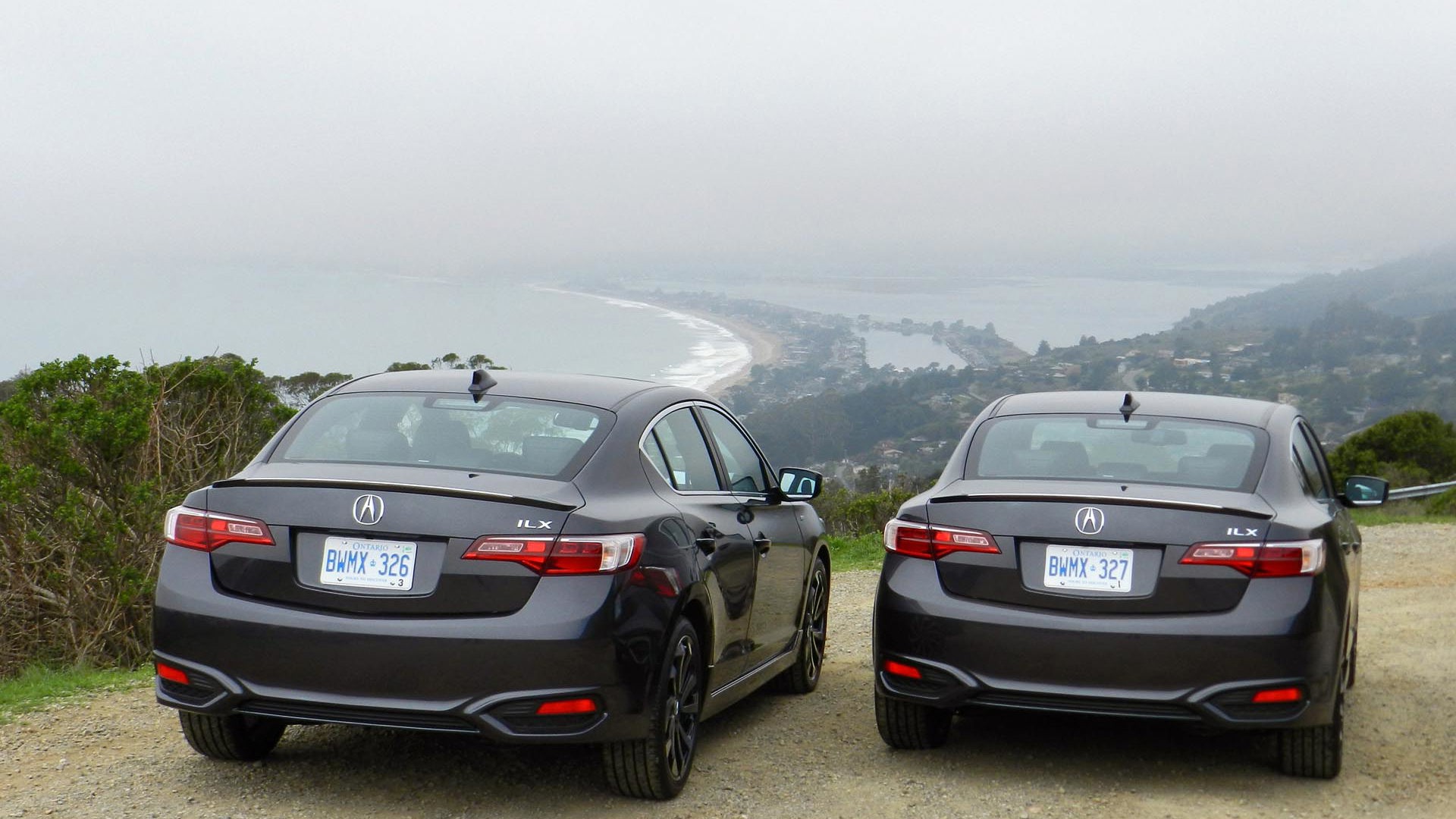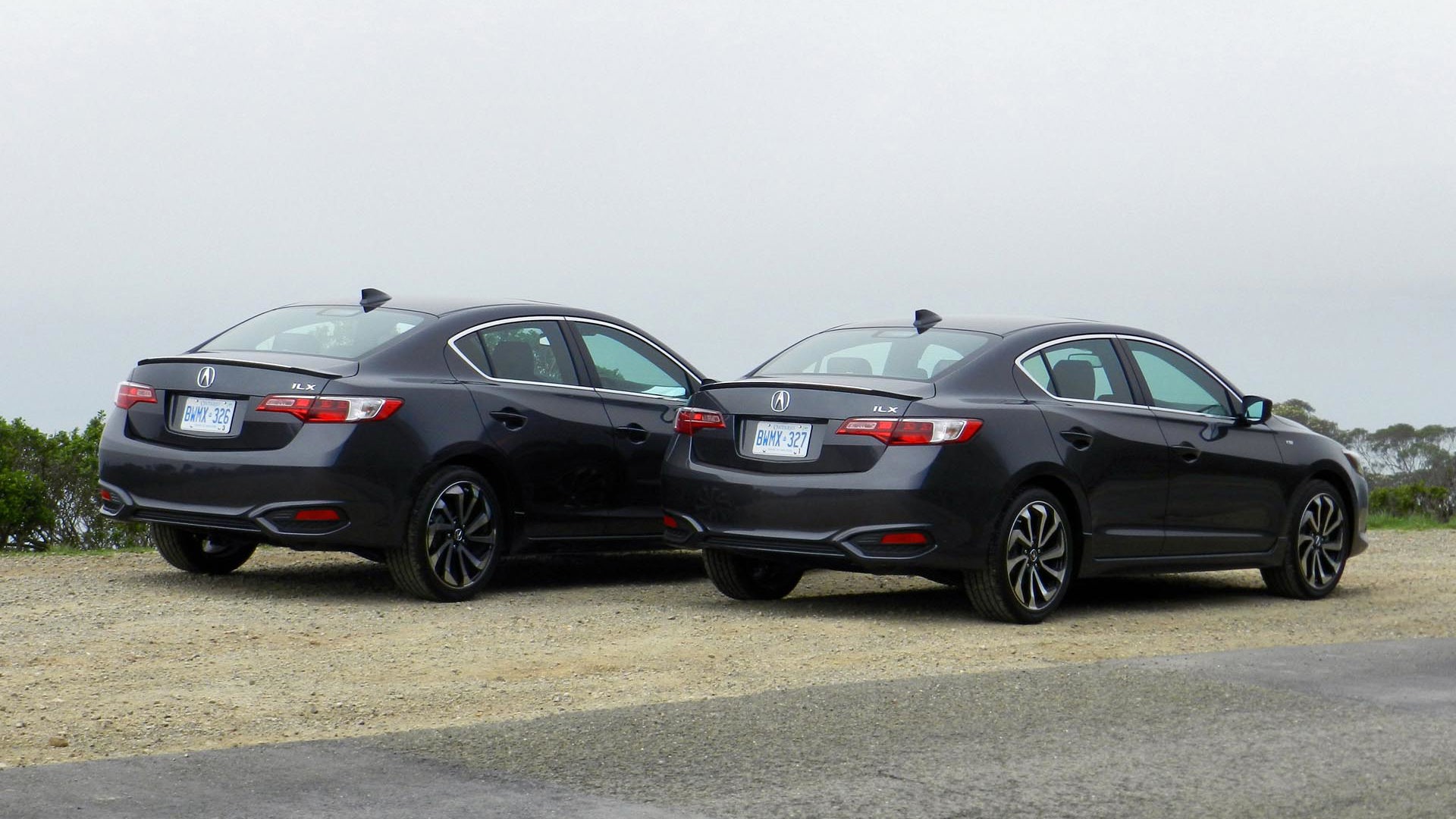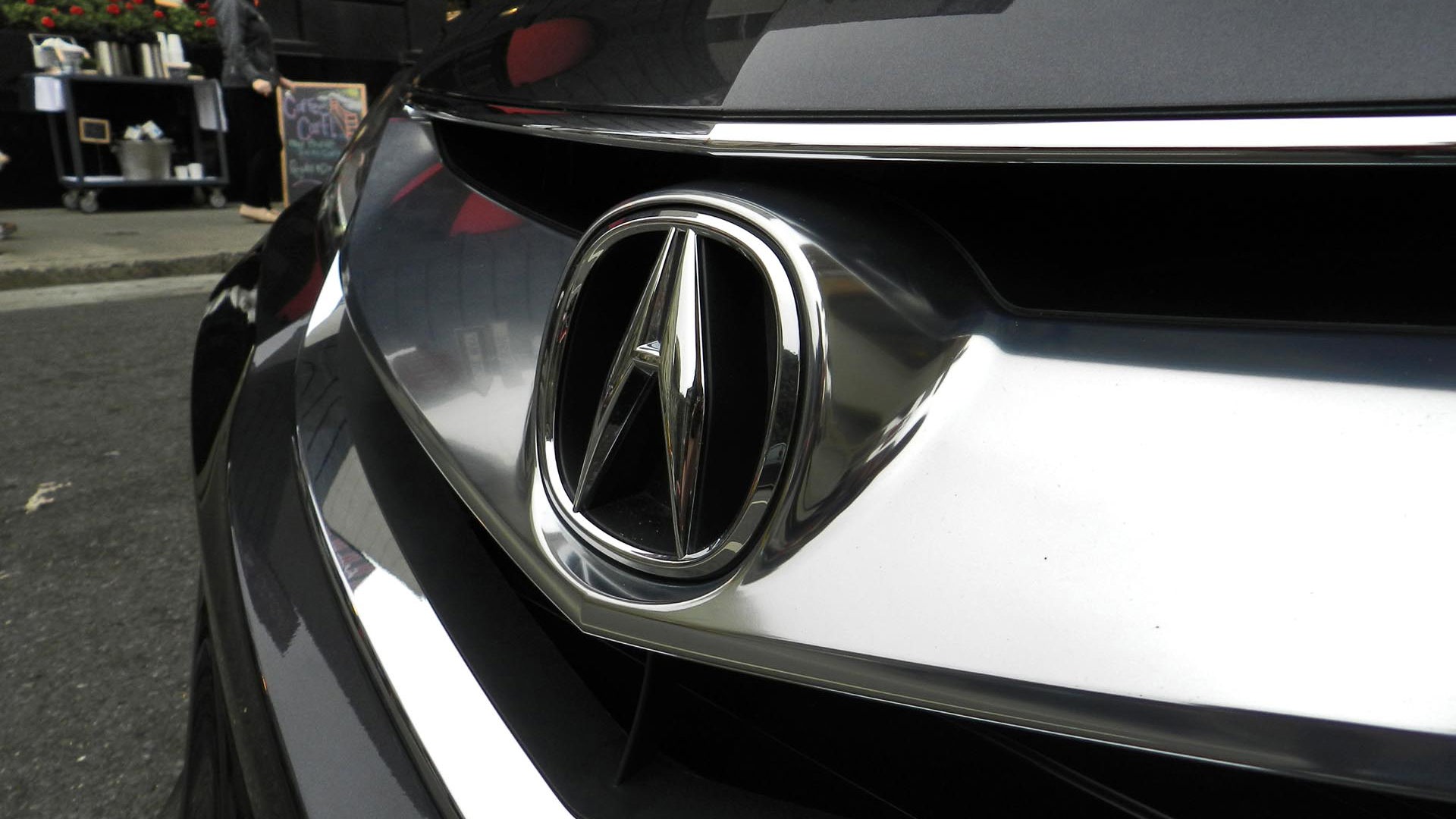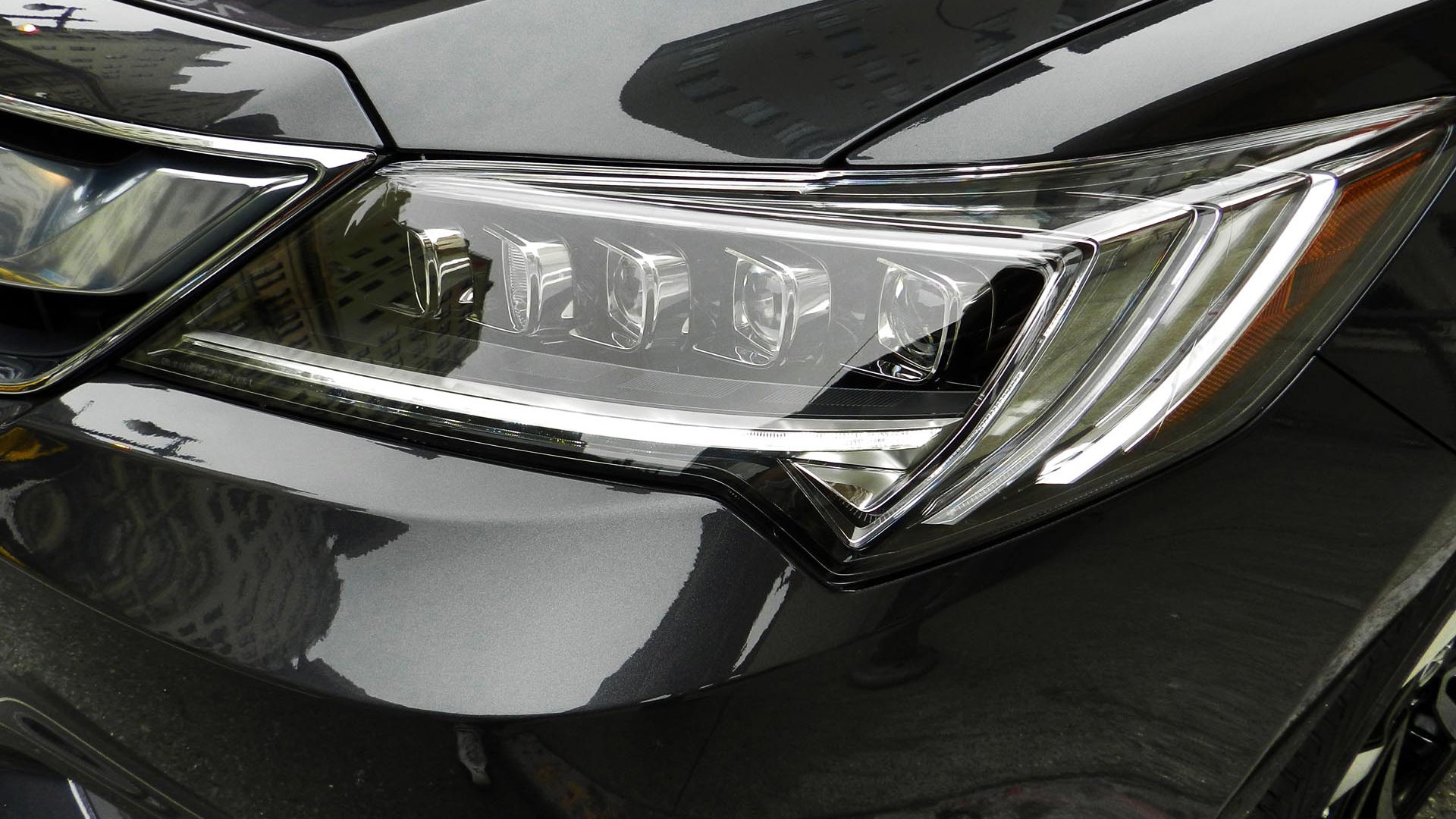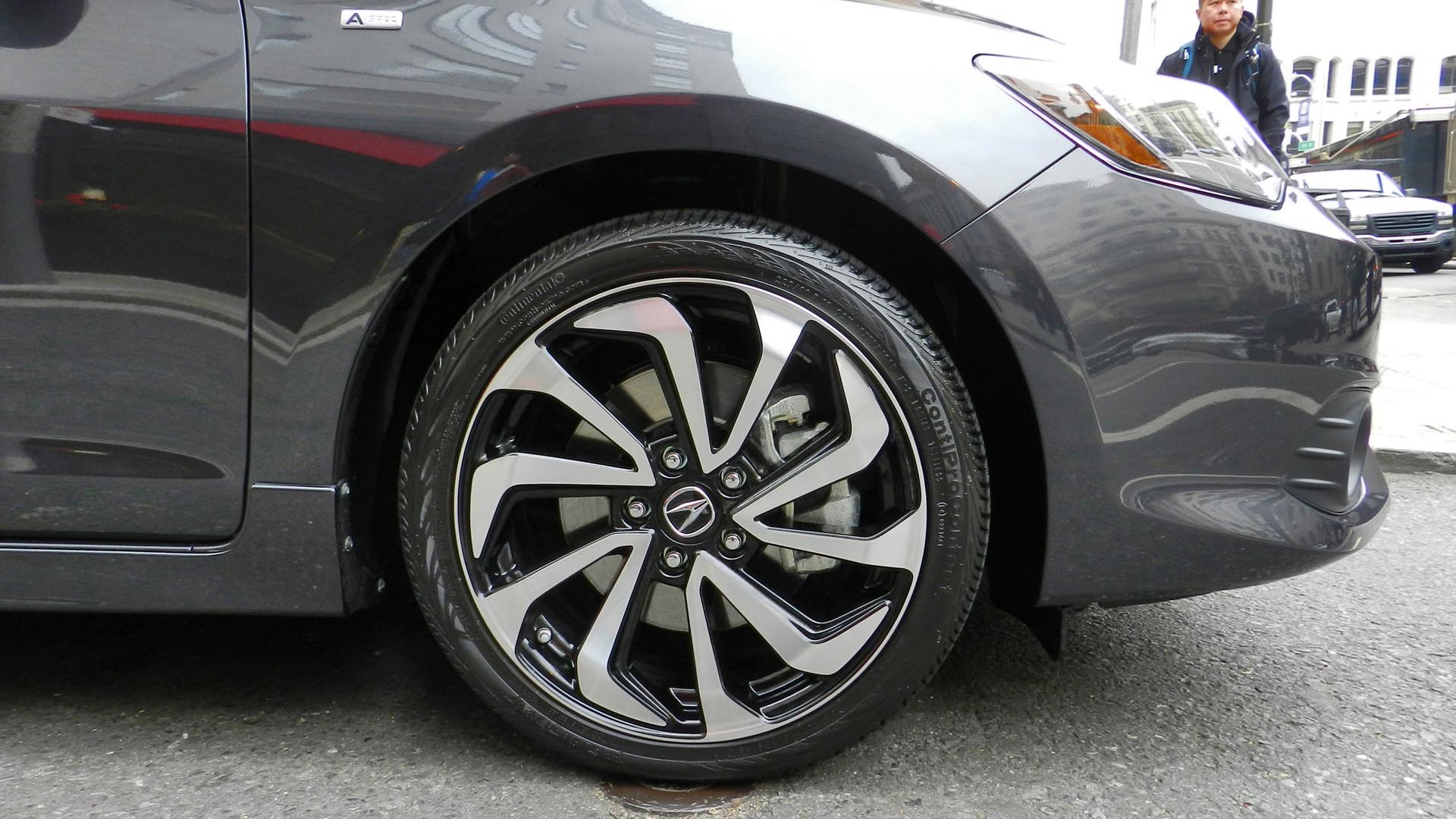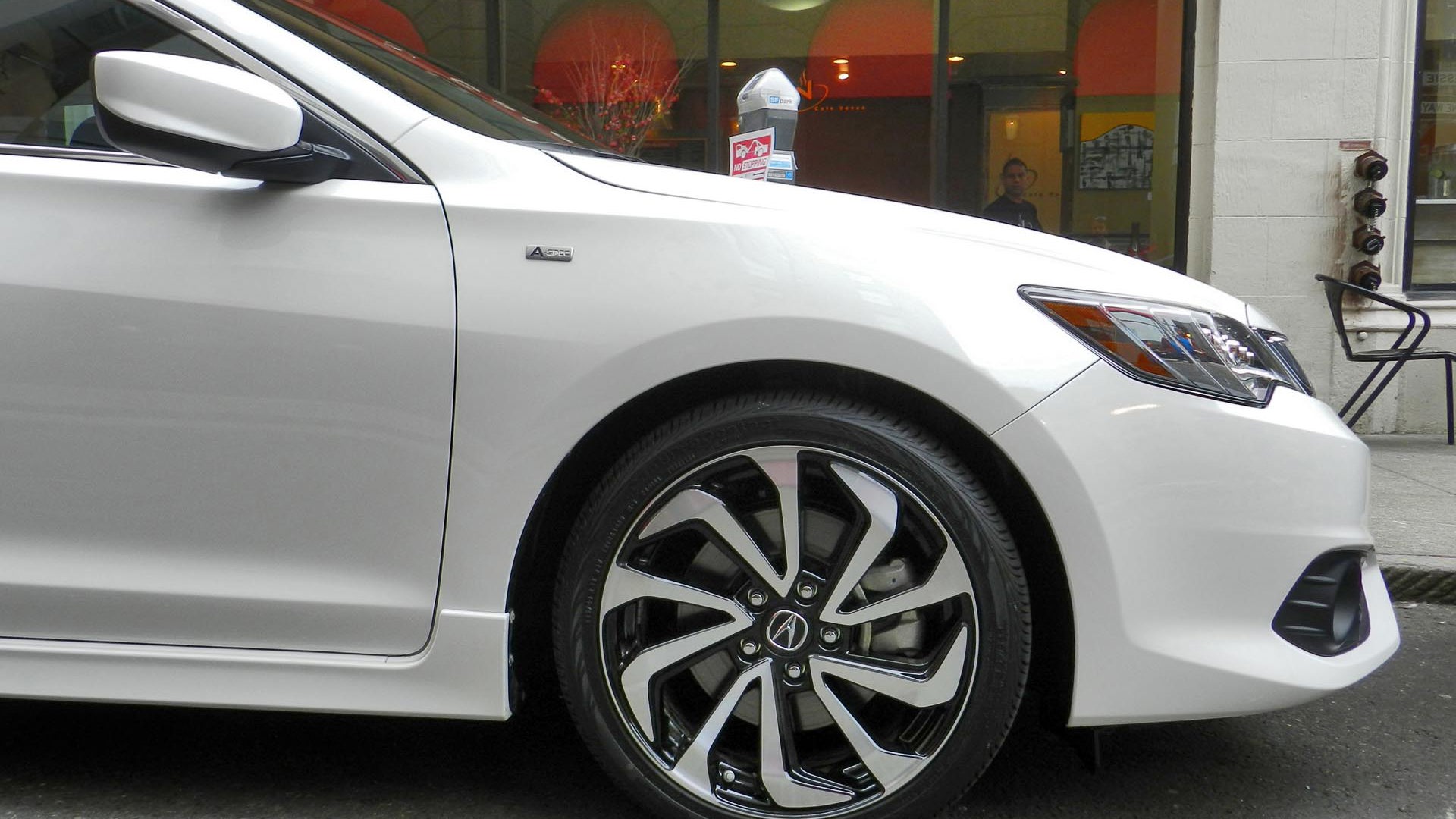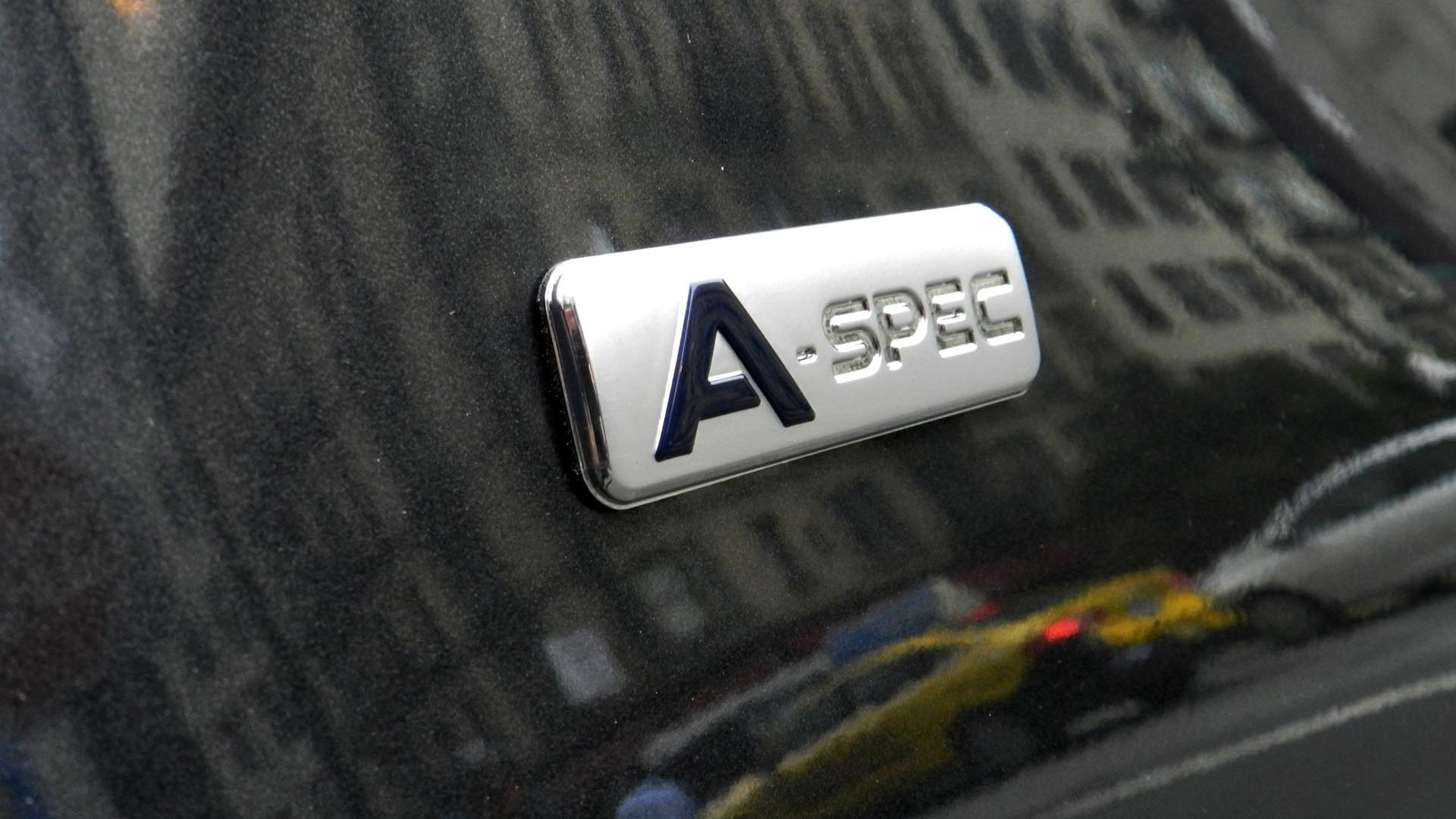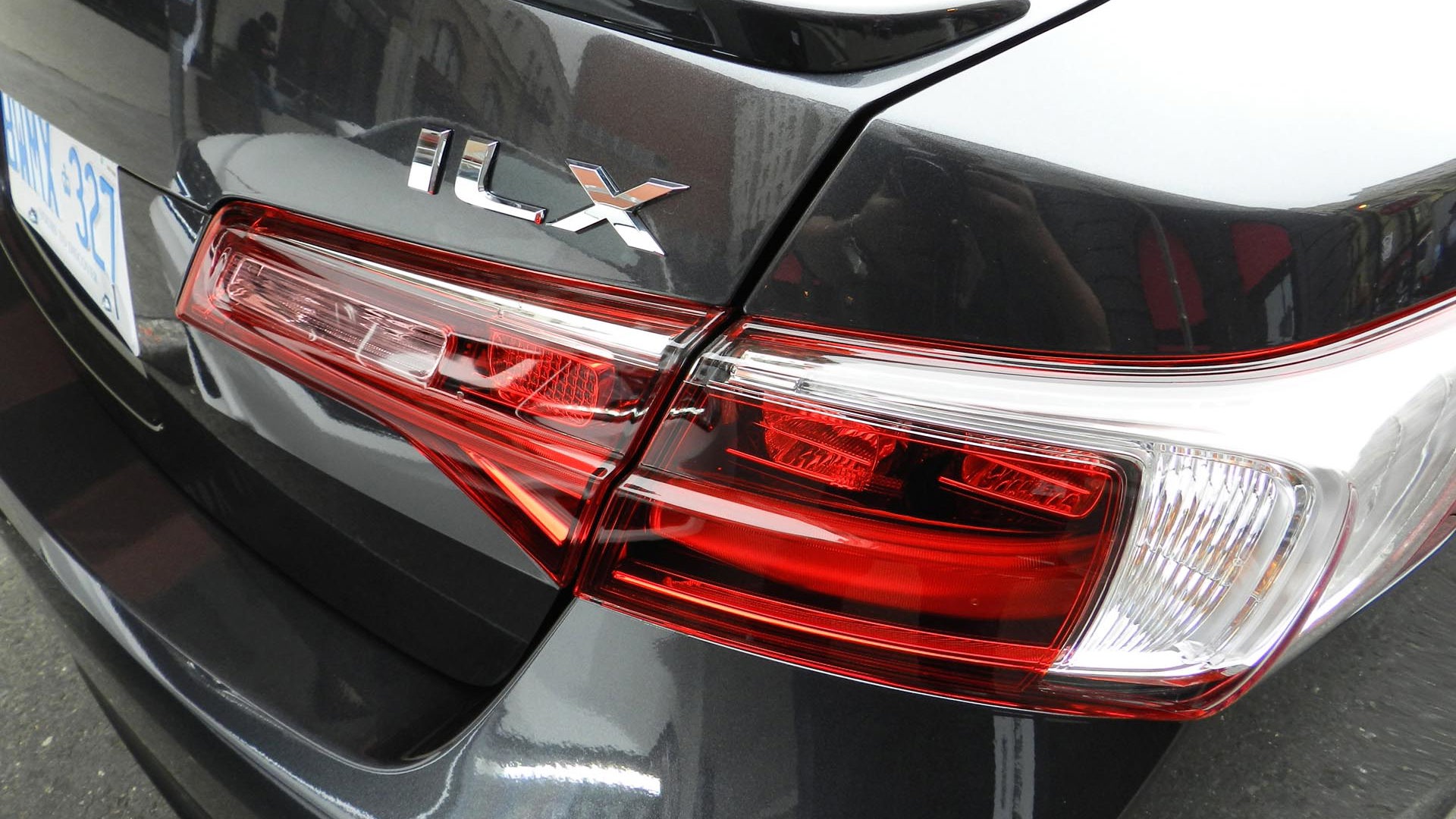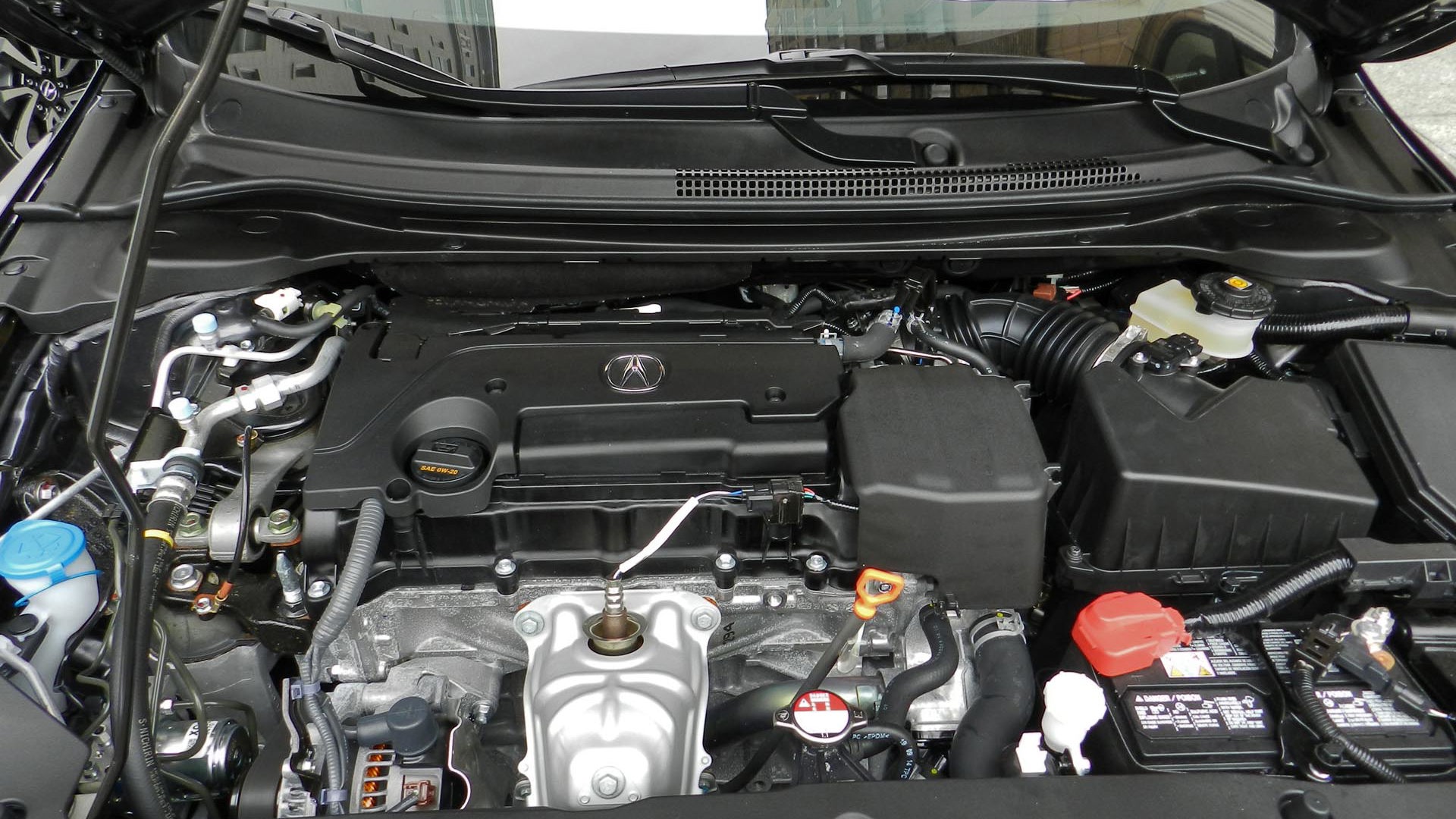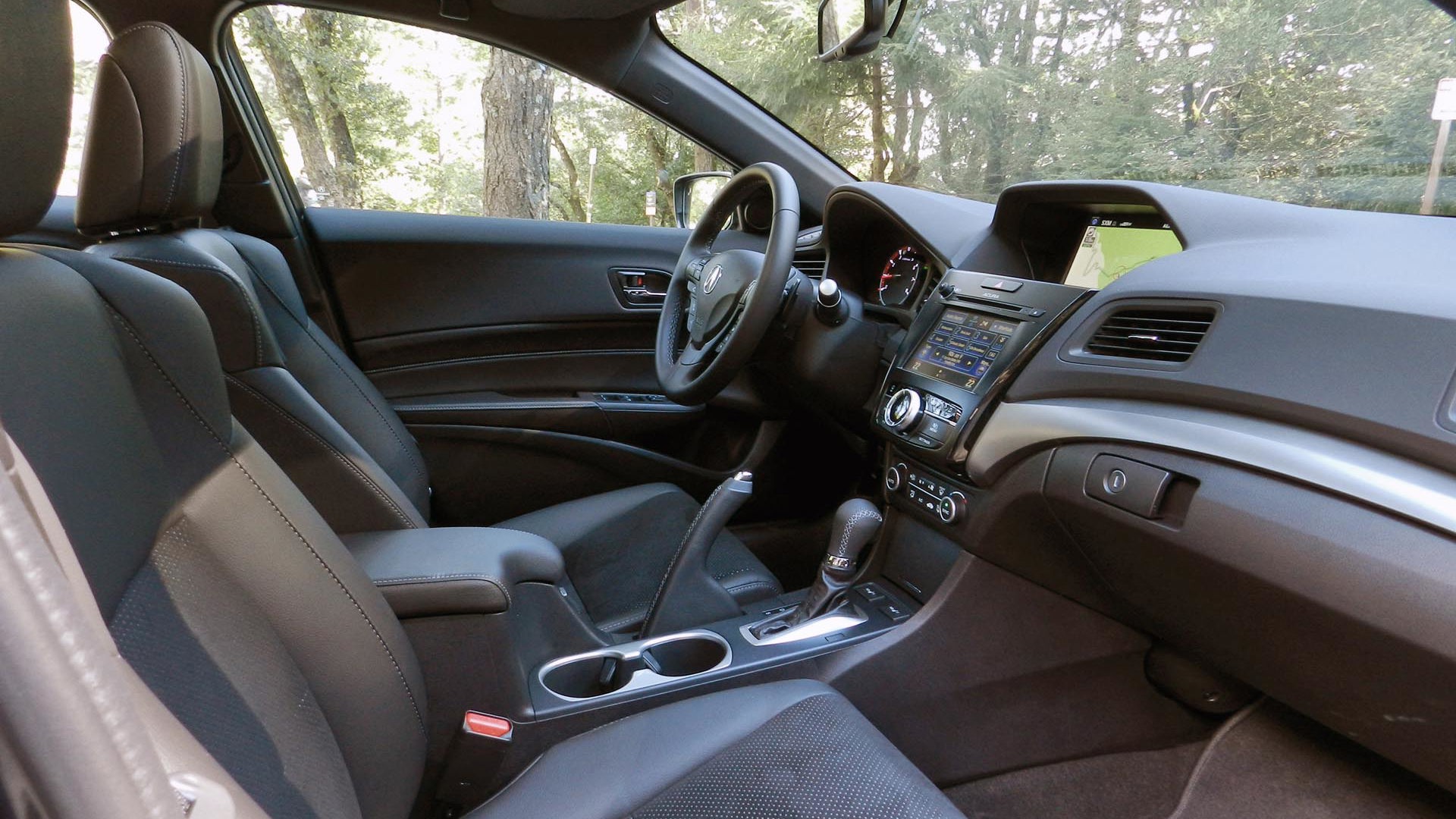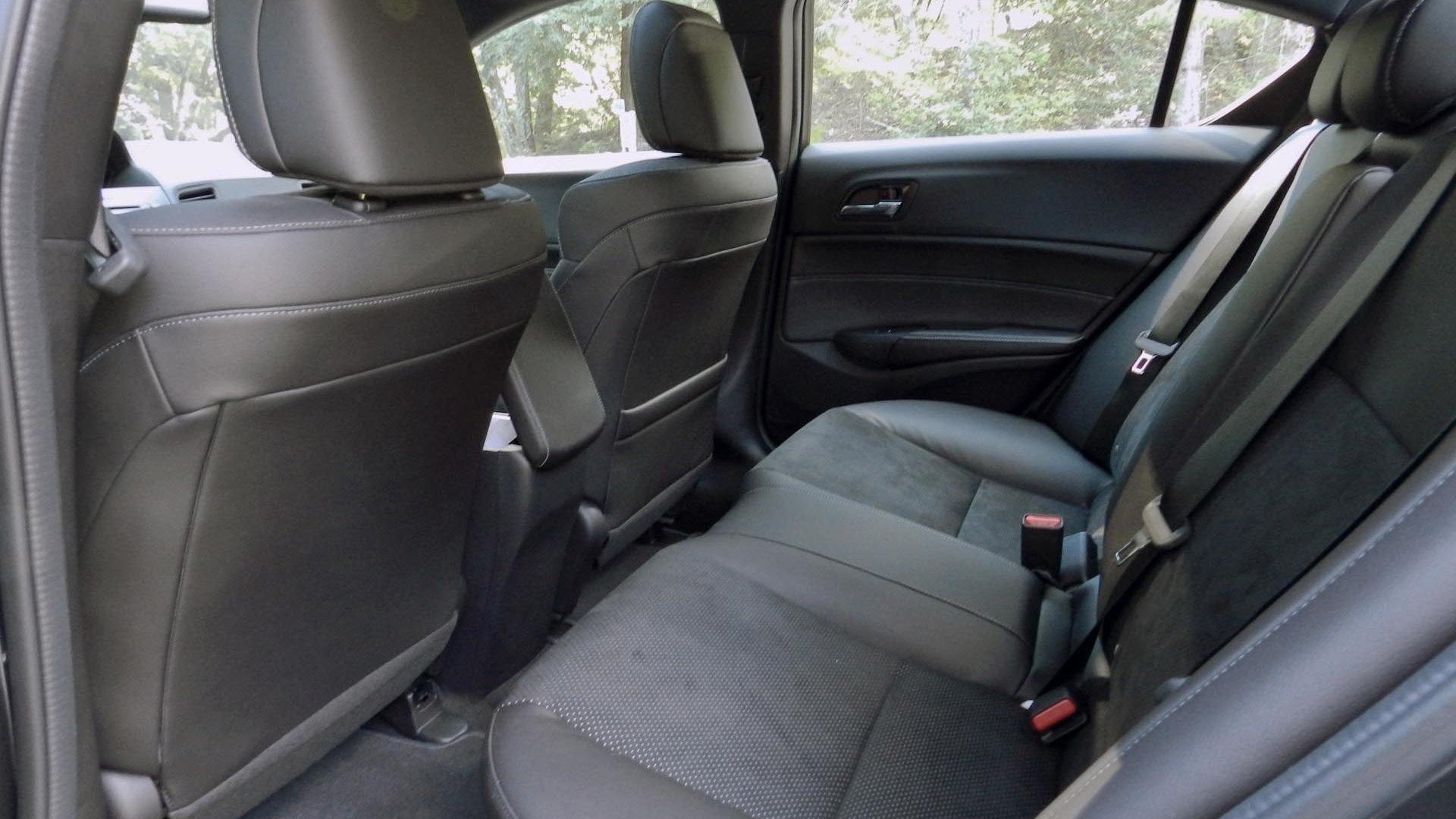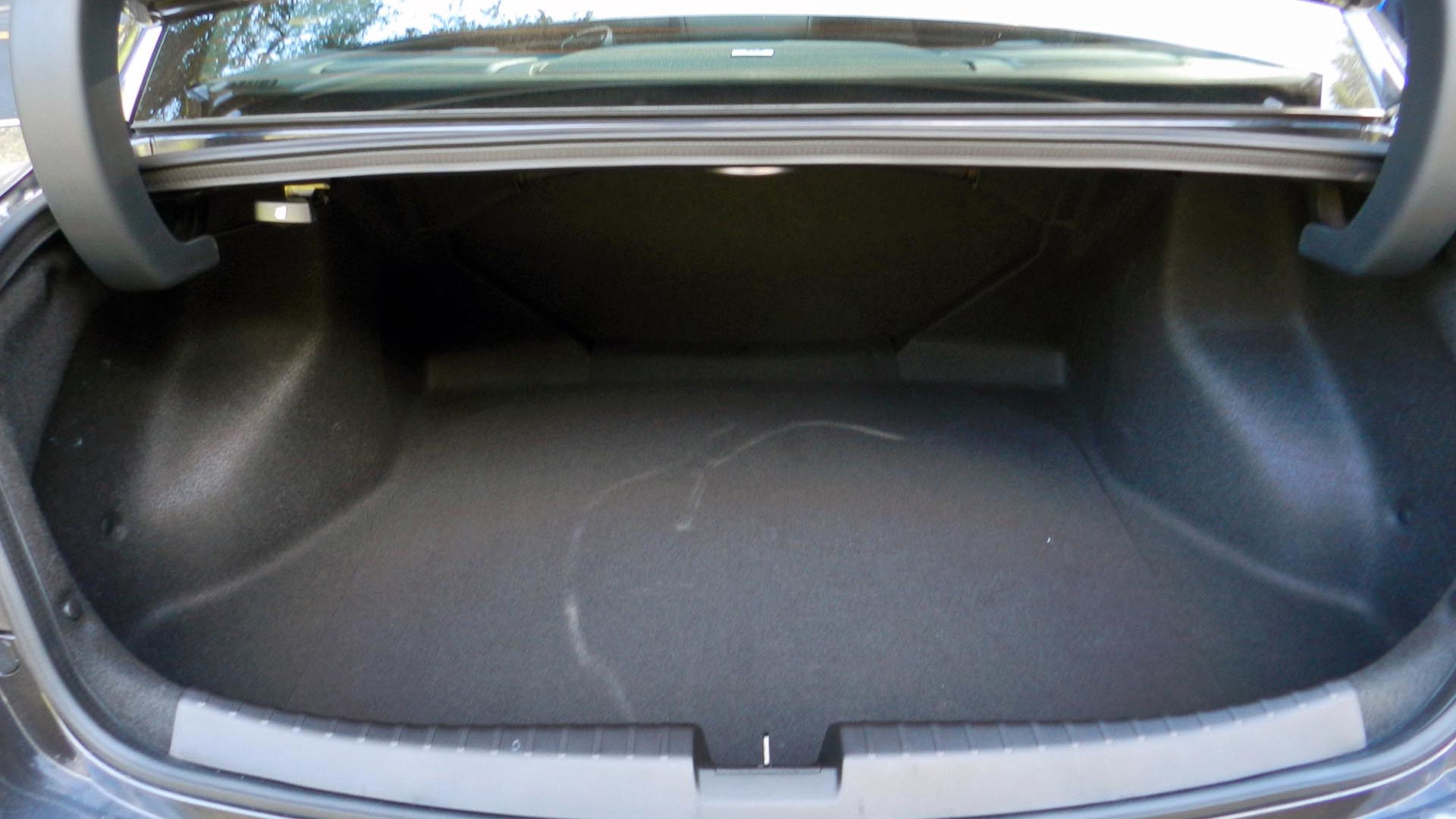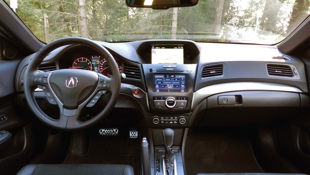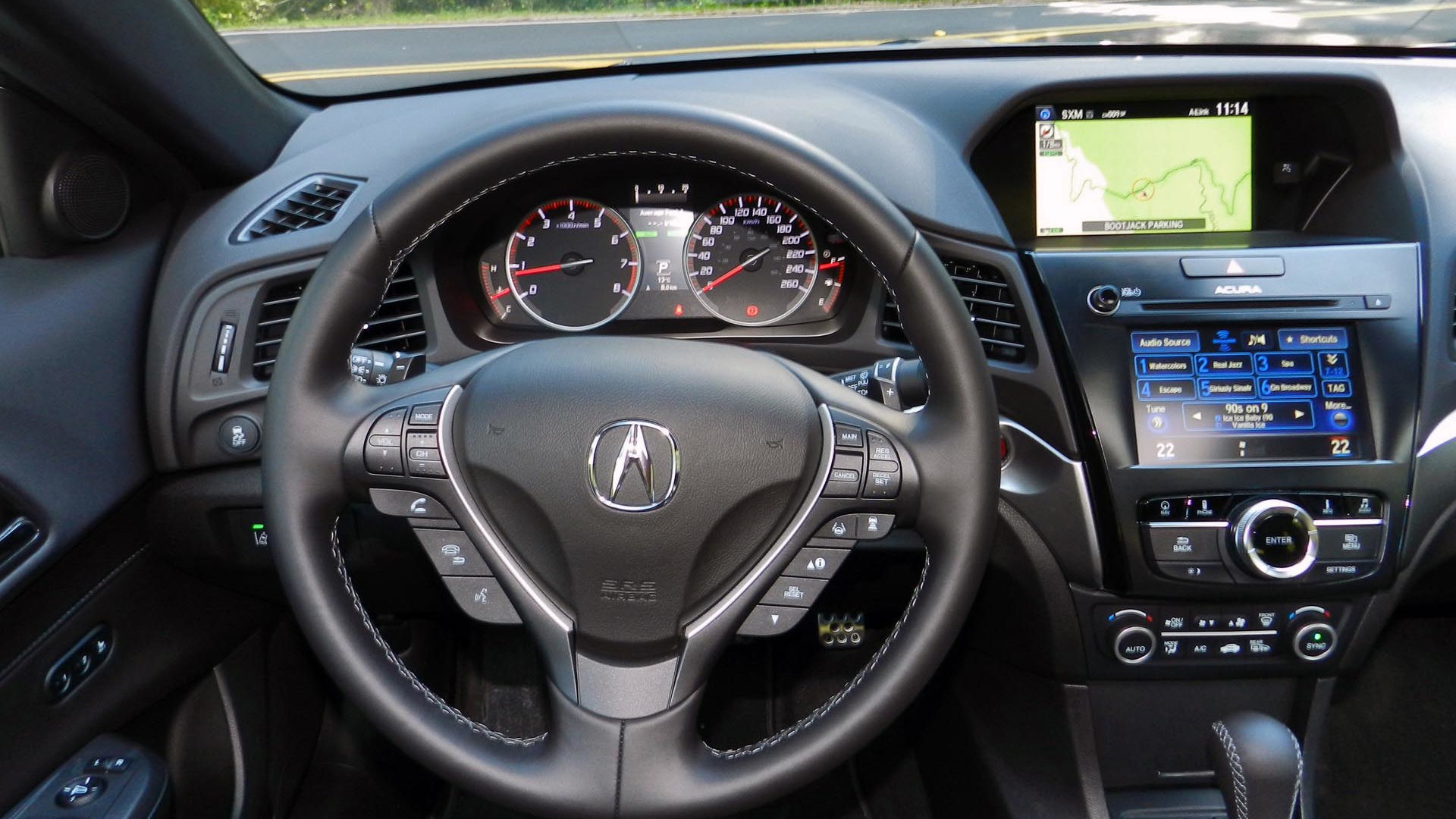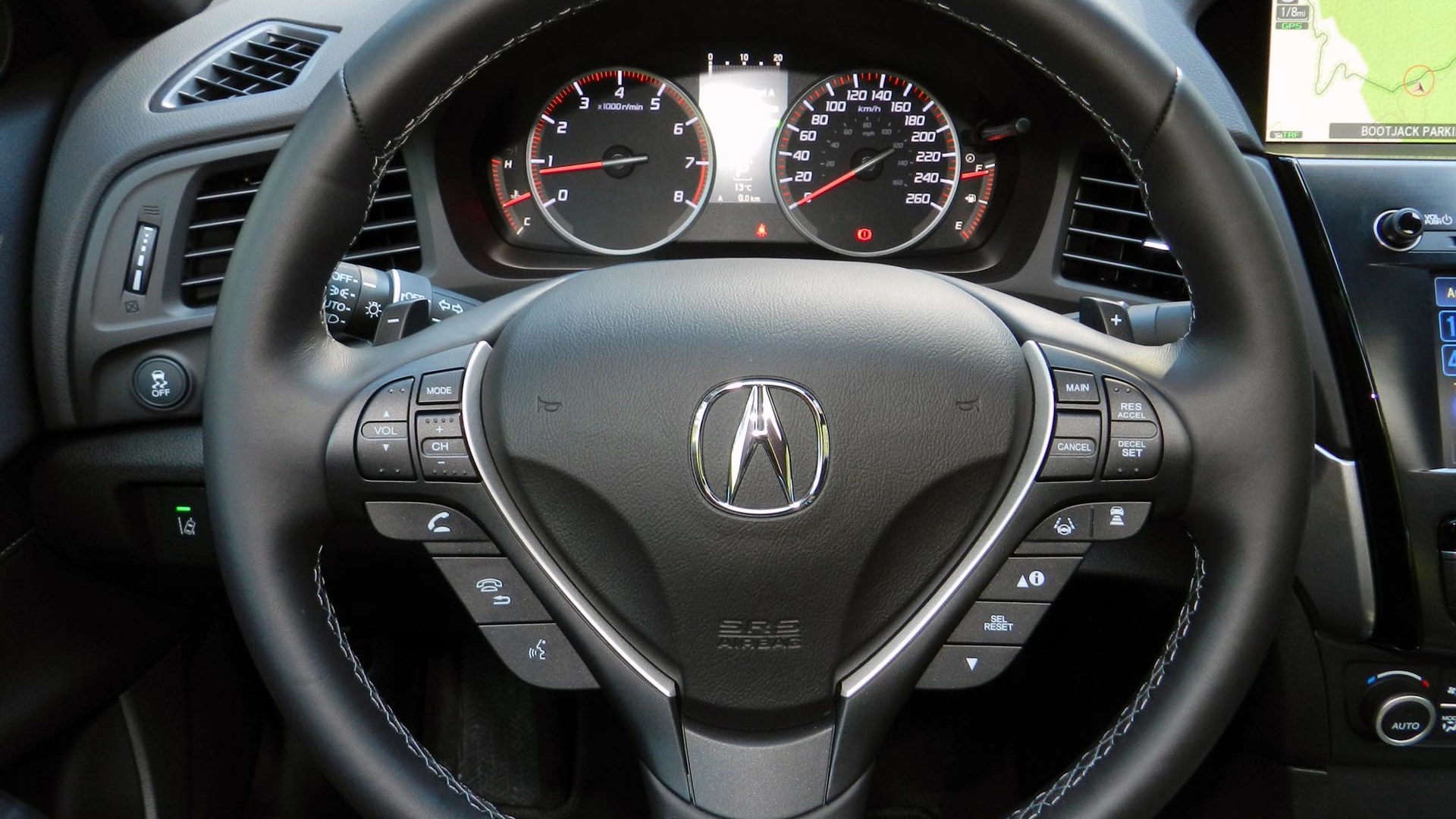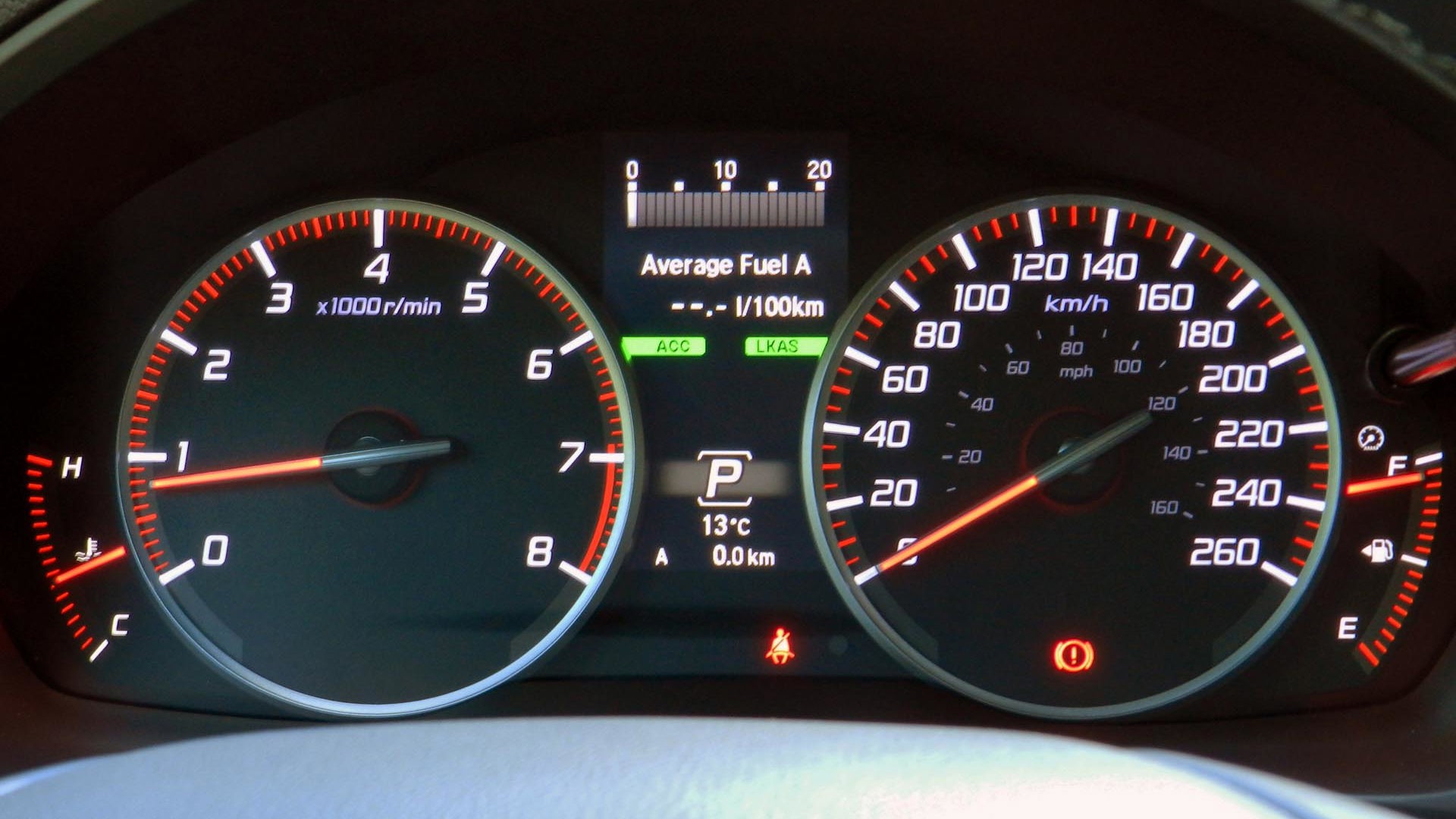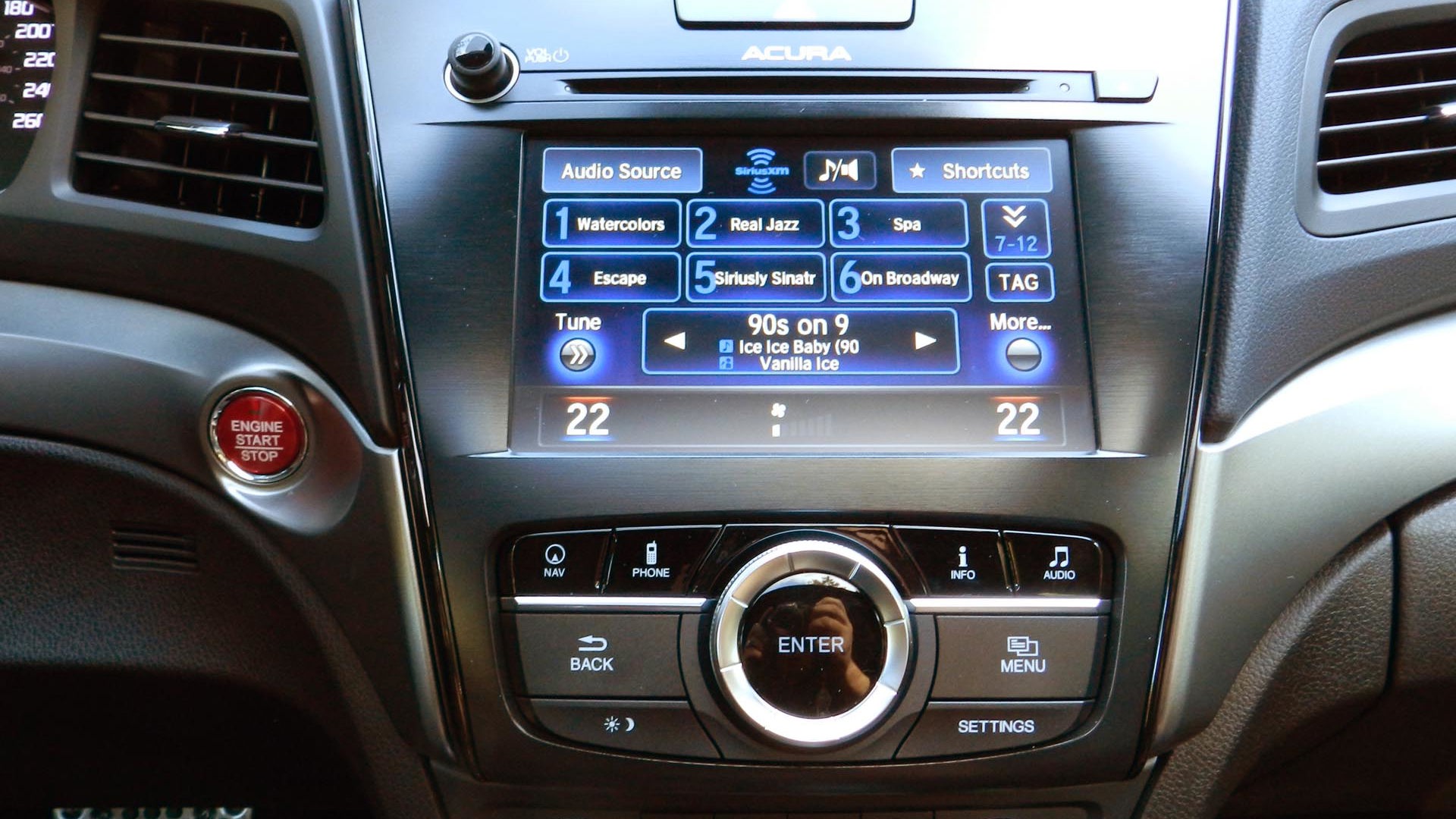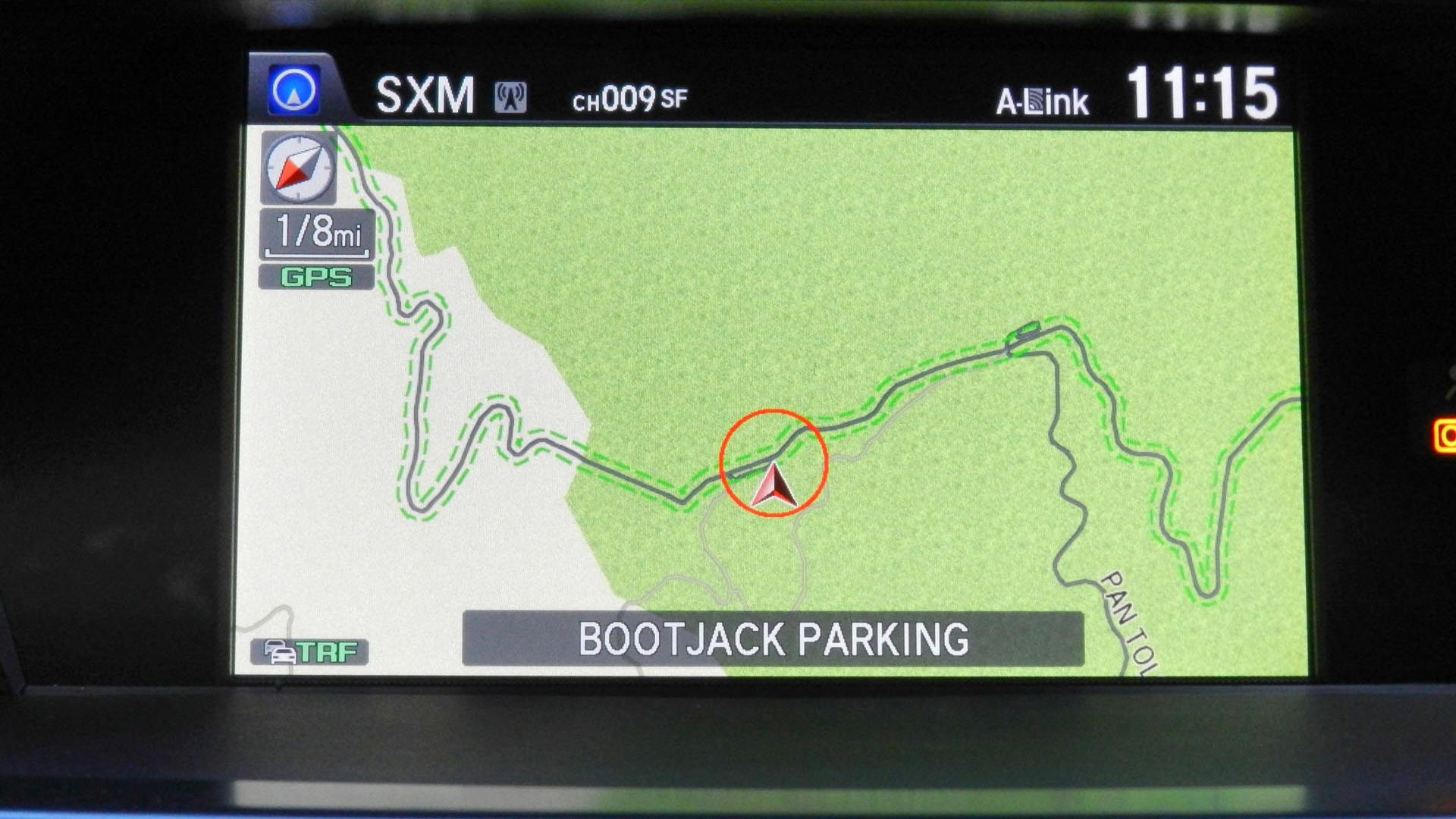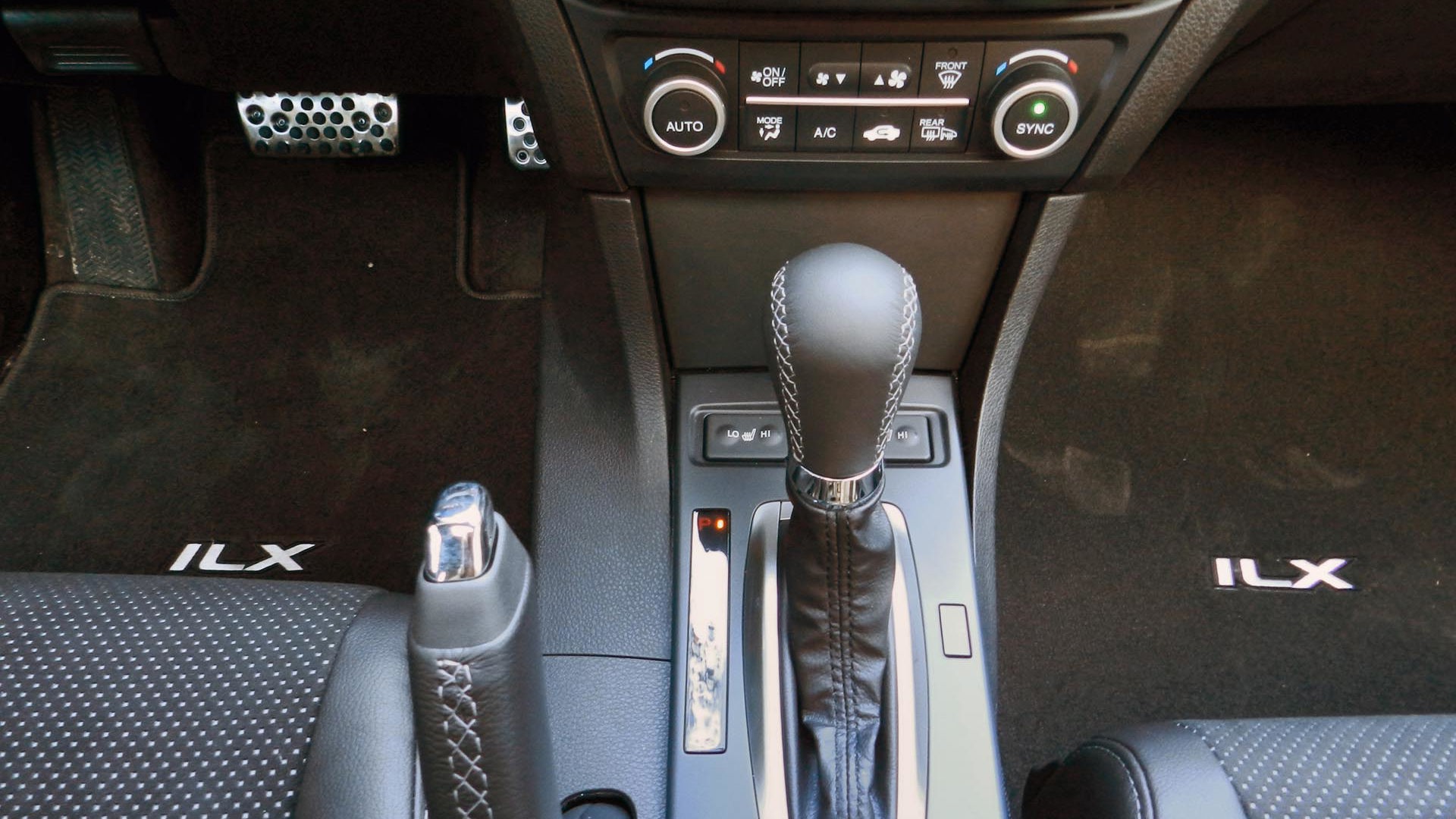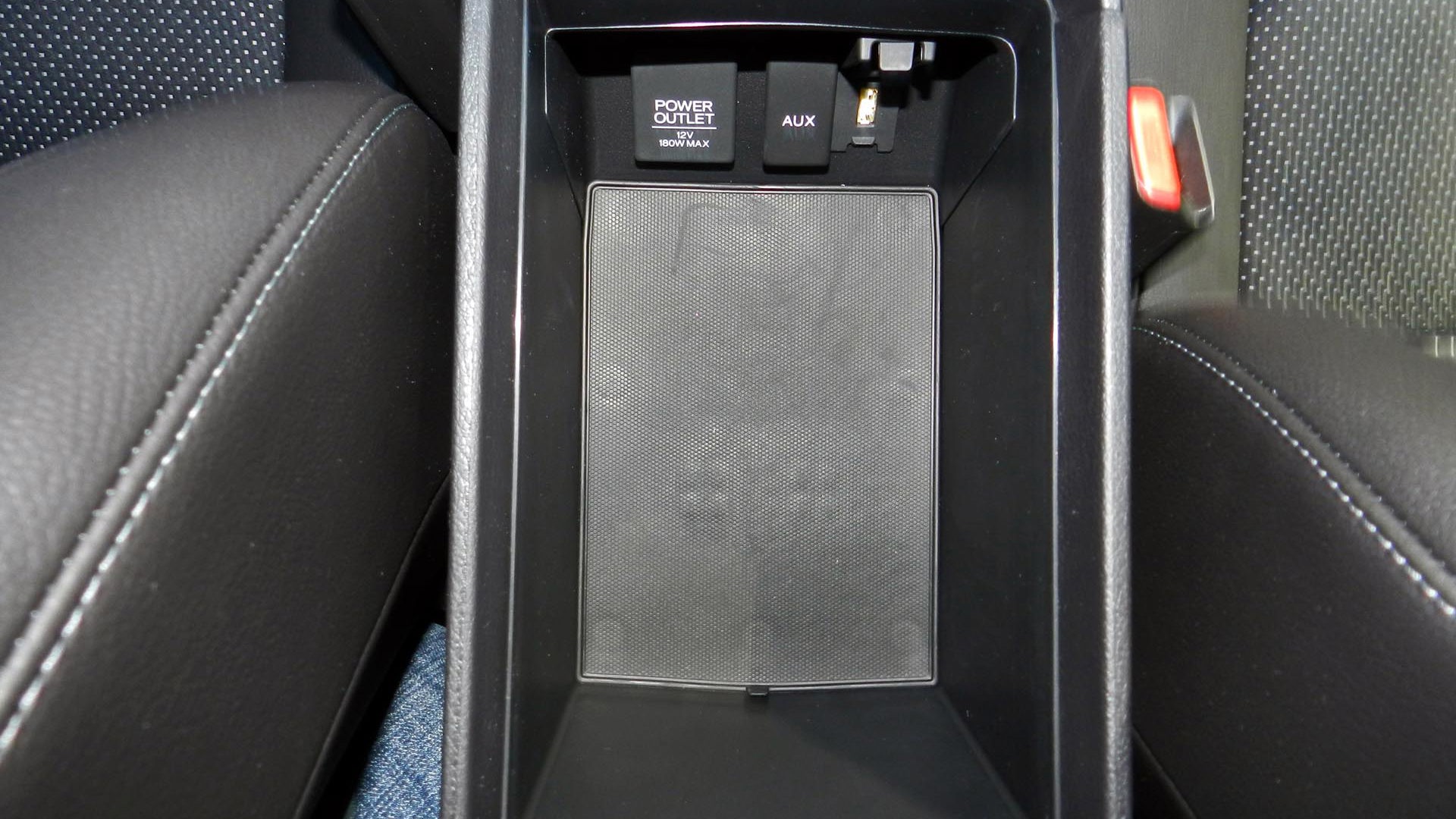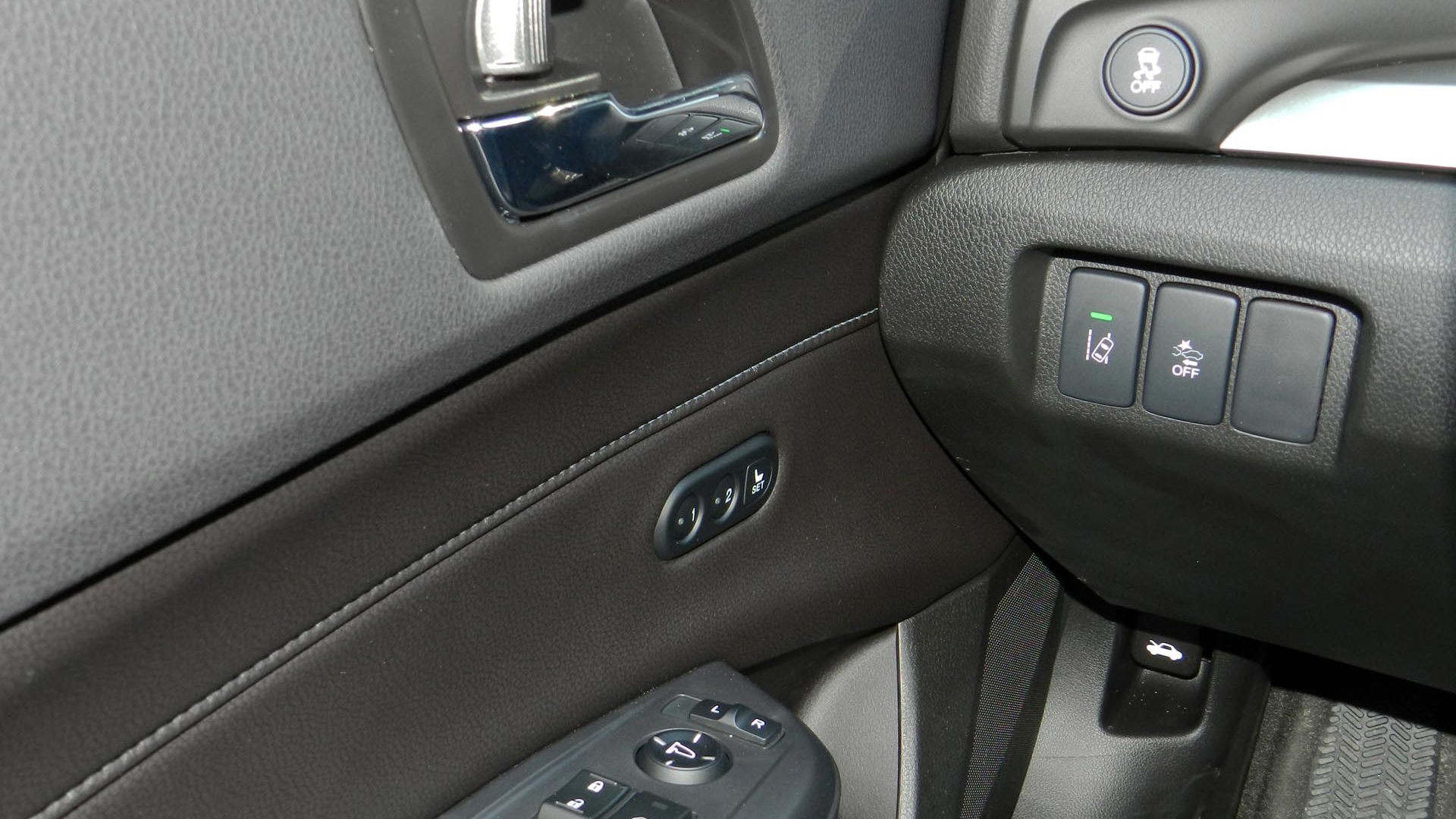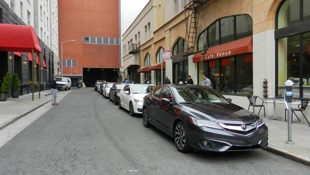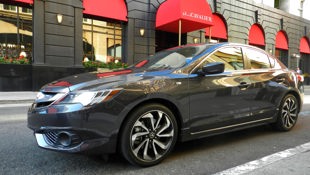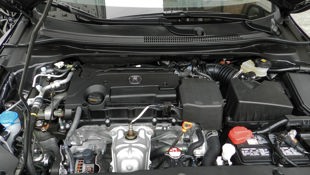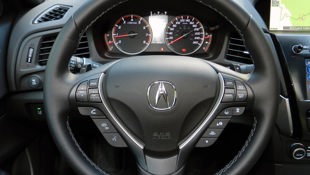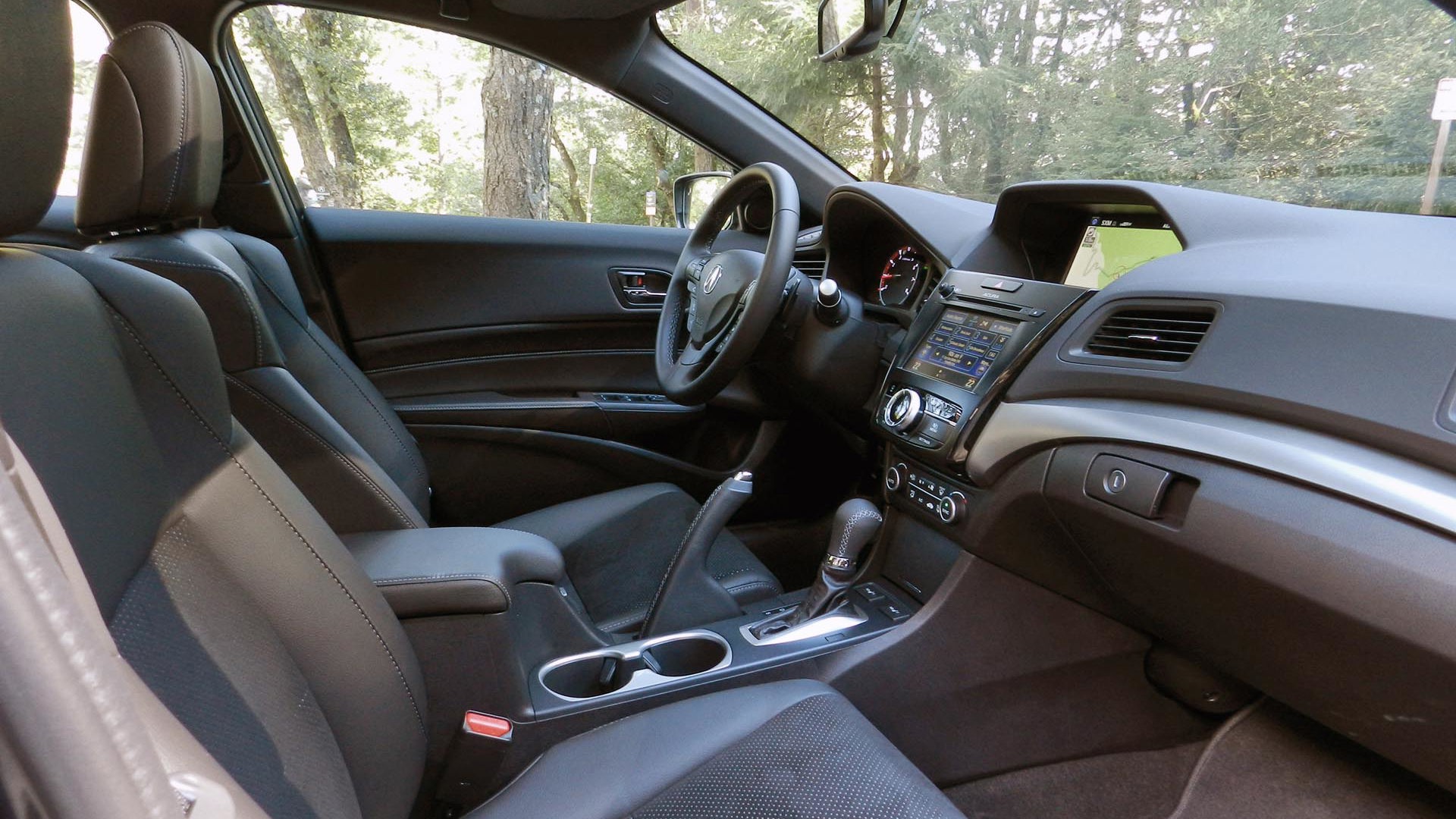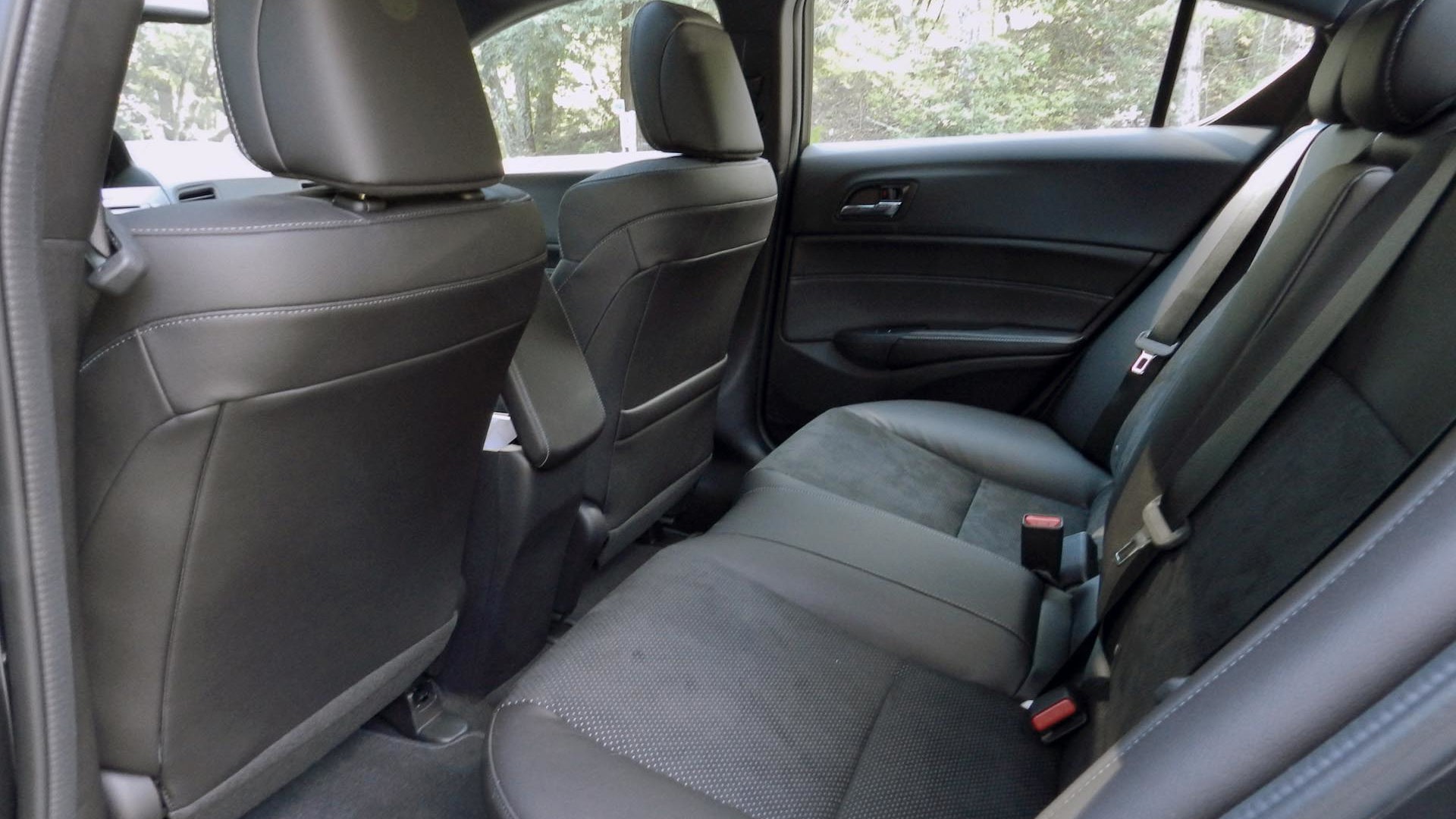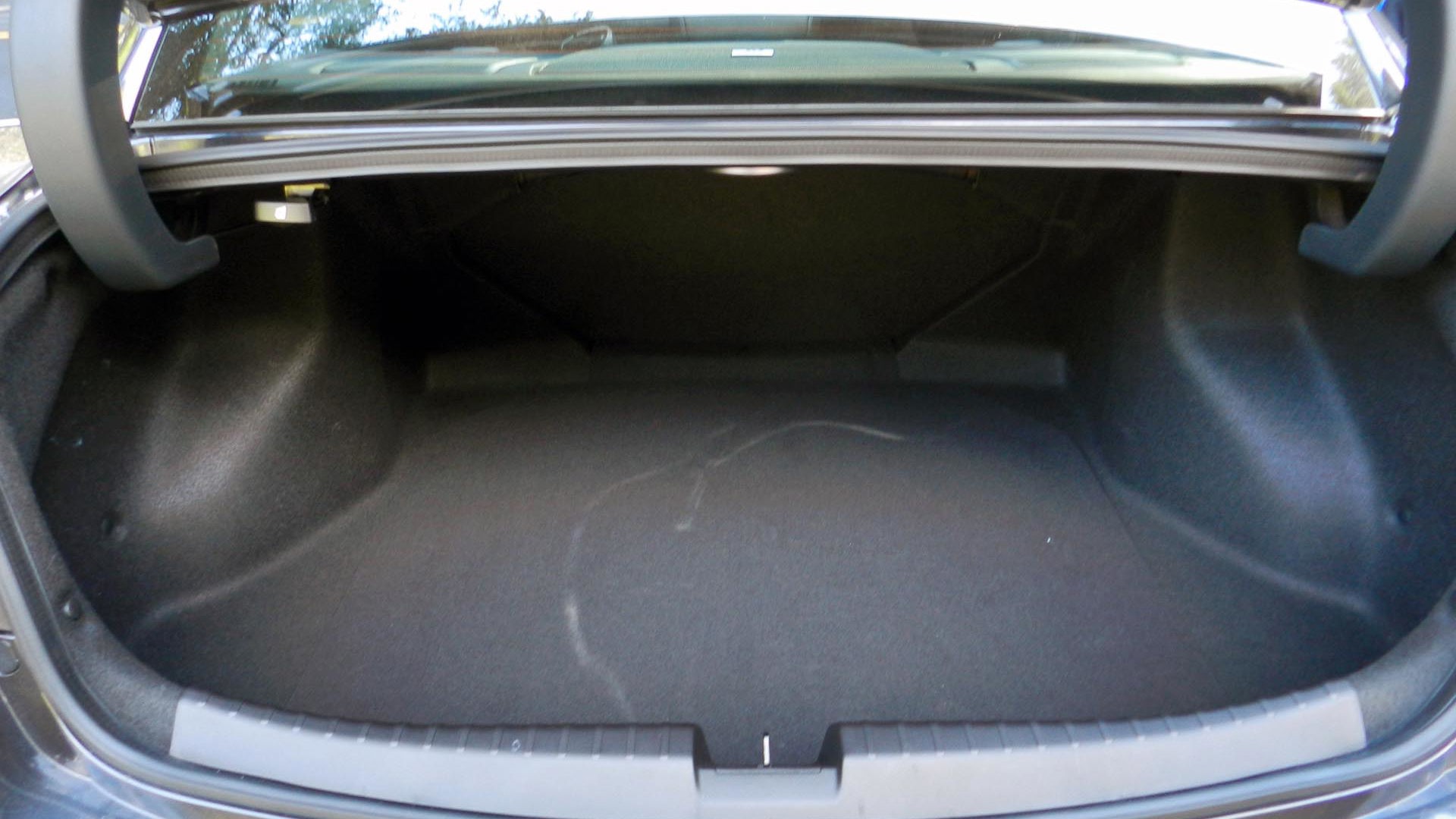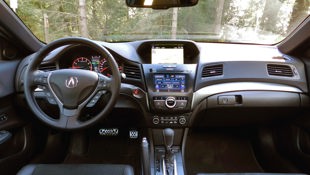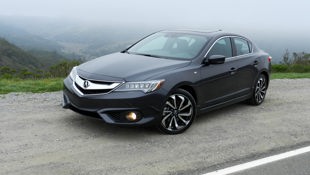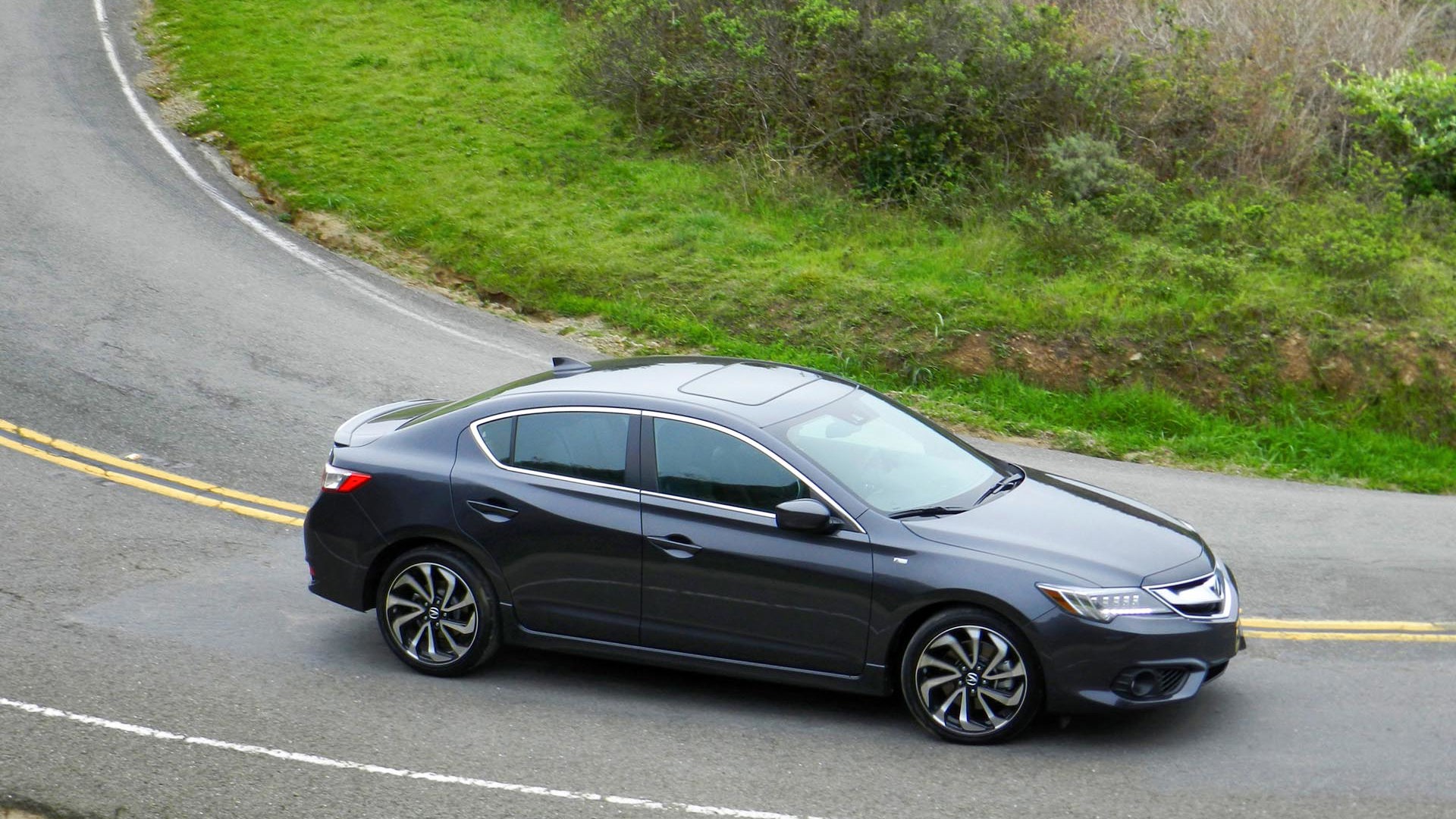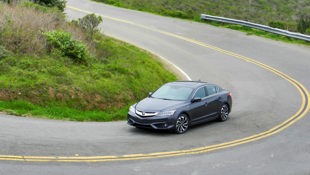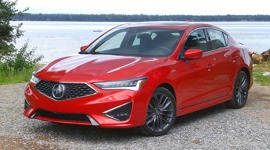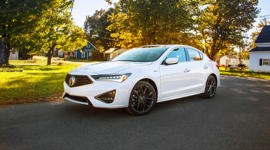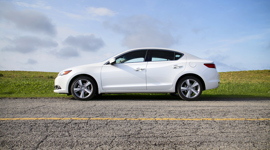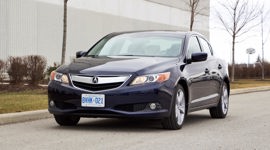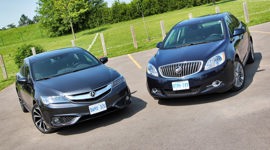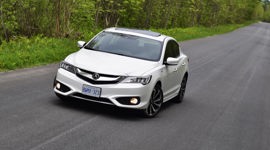They call it a “gateway”. It’s Acura’s way of “getting them young”, and they’re proud of the fact that the ILX had the most market penetration with millennials (people under 35) in recent years.
Those laurels are drying out, though, and there are some heavy-hitting newcomers muscling into the segment – specifically the Mercedes-Benz CLA 250 and Audi A3. Honda – sorry, I mean Acura – has never been a company that rests on its laurels, and so it’s no surprise we have a fairly significant refresh of the ILX sitting before us.
Acura knows who it thinks will buy this car. That’s why we’re here, in San Francisco.
The target market for rigs like this? Young, affluent, educated professionals with a sense of practicality, style and youthful exuberance about them. If we’re honest, the target market also extends to older generations who buy things marketed to “the youth” so they can muscle in on that “youthful” action – but I digress. The target market as stated is the sort of person currently enjoying the trappings of start-up business success, the type who move to San Francisco in the hopes of impressing the tech giants with their savvy and their swerve. Acura knows who it thinks will buy this car. That’s why we’re here, in San Francisco.
Acura probably hopes some of your Kickstarter pledge goes to your budding entrepreneur’s local Acura dealer.
The refresh is subtle on the outside – a grille tweak here, a new set of LEDs to replace the ancient bulbs in the head and taillights, that sort of thing. There’s also a new top-tier trim, the A-Spec, complete with a lip spoiler on the trunk lid and some minor aero tweaks, plus 18-inch wheels.
Under the skin, things get far more significant. Gone is the hybrid version, and so too the base 2.0L inline-four engine. Let us pause for a moment to mourn the loss of the slick six-speed manual because it went the way of its less lovable five-speed auto brother: to the scrap heap. And continuing in Civic Si application presumably.
There is still a 2.4L inline four offering, but it boasts an all-new block and now has direct injection for bonus torque with improved fuel economy. More on that in a moment.
The biggest story of the ILX is the new transmission. Acura has grabbed itself an eight-speed dual-clutch automated manual and slapped a torque converter from a conventional slushbox onto the front of it. The goal is smoother shifts. See, a DCT has a habit of letting you know about the work it’s doing by shunting you in the back, but a torque converter should smooth that out – and it does definitely do that. It also provides more instantaneous acceleration as the torque converter lets movement through the driveline sooner than a clutch would in this setting – or so I’m told.
The problem with this configuration is the gap between Acura’s target market and the way this transmission feels. If Acura is going for a sportier, more youthful feel, surely the visceral sensation of a rapid-fire, mechanical jolting DCT is the way to go? Won’t a smoother feeling simply be a duller feeling? That’s how it felt to me. The torque converter dulled up the DCT in a way that disconnected me from the driving feel.
There are other issues with this transmission, too. In automatic mode the shifts are rapid and even. Both downshifts and upshifts happen quickly and pretty much right when you need them. In manual mode, however, the message seems to take too long to get from the paddle on the steering wheel to the gearbox. The change itself happens quickly, but pulling back two quick downshifts on corner entry left me stuck waiting until corner exit.
Like I said, the gearbox shifts quickly when you kick down the pedal or when it decides it should be shifting all on its own, but call the paddles into play and the whole thing slows down. The problem seems to be in the connection between the paddles and the box, not the box itself.
These issues are only a drama if you’re the “sporty” type who likes to rip corners and smash gears on winding country roads all by yourself. If your desires are for a greater mix of smooth to go with your performance then this system rounds out the rough edges beautifully. It’s clever in its ability to merge the smoothness of a conventional automatic and the rapid shifts of a DCT.
With the 2.4L replacing the base 2.0L, lower trim ILX’s now get 51 more hp and 40 more lb-ft of torque with a total of 201 hp and 180 lb-ft on tap. The horsepower figure is unchanged from the outgoing 2.4L model but torque is up by 10 lb-ft and comes on 1,000 rpm sooner. The better performance of the new eight-speed DCT and the gruntier engine combine to make the ILX 2.5 seconds faster than a 2.0L ILX with the five-speed auto – though gains over the top-spec powertrain of old are less spectacular.
That smaller, 150 hp/140 lb-ft 2.0L was also less efficient than this new 2.4L, which boosts fuel economy from 9.7/6.7/8.3 to 9.3/6.6/8.1 L/100 km city/highway/combined in the new five-cycle testing method. We average 7.8 L/100 km over a 240 km day of city driving and spirited country touring.
From takeoff the engine is linear and strong, with enough pep to squeal the front tires (this is FWD in all trims) and makes short work of the short shoots between corners on the winding mountain roads surrounding San Francisco. On the highways there is adequate power for passing but the ILX poses little threat to your license. In typical Acura style the four cylinder is eager to rev and feels smooth and progressive even with the redline fast approaching.
Beefier front suspension with an enlarged front sub-frame member, 1 mm larger rear stabilizer and revised bushings are intended to improve the steering feel, offering a more direct connection to the road. The steering is precise and well-weighted, allowing one to build a nice rhythm through some of the most beautiful roads you’ll ever see. The ILX is small enough to be nimble and corners flat with little sign of pitch or body roll. The 20 mm wider rear track and multi-link rear suspension keep the back settled while keeping the ILX pointy and mitigating understeer. It’s a thoroughly enjoyable ride. The ILX tracks true and provides surefooted confidence on narrow roads. Blind corner? No drama, I’m well within my lane and I’ve got room to spare.
Three hours or so around San Francisco’s best roads was thoroughly enjoyable. Journalists occasionally feel that a road is wasted on a car during a press event – not so here.
The only letdown on our journey was the brakes. There was no fade even when pushed, but braking feel is not up to the standard of the steering. Hopefully that’s next on the list for Acura to address.
The ride is comfortable enough but lacks the refinement of some of the others in this class – notably the aforementioned Mercedes-Benz CLA 250, or an A3. Just a smidgen more grunt is needed to match those powerplants.
The interior isn’t up to A3 spec either, but this is a substantially less pricey ride: it’s about $10,000 cheaper than the A3 for the top-spec trims.
The interior is well-fitted with good quality materials and a decent layout and design, but it struggles to elevate itself above a fully loaded Honda in terms of both looks and luxury.
The redundant buttons and touchscreen layout are mildly improved over previous iterations but the system remains slow to respond at different times. Trying to call up the audio display so you can scroll through radio stations invokes a lengthy pause and then your inevitable backtrack through channels as the system finally catches up.
In one particularly awkward moment I landed on “Barbie Girl” by Aqua, all because I accidentally skipped too far past Backspin on Sirius XM. I left the song on because my co-driver really liked it. I’m nice like that. After that I switched to Bluetooth audio, which frustrated me on two counts. First, I had to stop to let my passenger pair my phone, and I loathe nanny systems. Second, “Barbie Girl” started playing again…
The infotainment system does offer a large array of telephone connectivity. In Premium trim without nav, you can connect your iPhone and project your phone’s navigation into the dashboard display of the car. For this you’ll need an Acura Navi app for $69 and a $99 cable kit – though you can probably source the cables more cheaply elsewhere. This system, and Siri Eyes Free activation via the steering wheel controls, are only available to iPhone users.
These cars were all equipped with AcuraLink and navigation, so we couldn’t test that. AcuraLink works with iPhone and Android alike, giving access to maintenance information, a vehicle locator, POI “send to car”, traffic information and for Premium subscribers the Acura concierge service. A one-year free subscription is included with the car.
Far more important technology includes the expansion of standard AcuraWatch radar-based systems. The ILX doesn’t get Acura’s awesome LaneWatch side-view camera system but it does get some clever object detection and accident avoidance. A camera in the top of the windscreen pairs with a radar system to detect objects to the front of the car, alert the driver to potential collisions and even apply the brakes should it detect an imminent, unavoidable crash. The camera also reads lane markings and works with the steering system to keep the ILX in its lane. I found the system effective without being too intrusive.
Adaptive cruise control functions to a full stop and does a good job of gently managing the gap to cars in front -- we barely noticed its fluctuations during one long stint behind a slow-moving pickup. I’d have passed it, but overtaking an old beat-up pickup in gun-loving America seemed like an excessive risk.
These systems all combine in a Road Departure Mitigation system. It will brake and steer to keep you on the blacktop should you find yourself dozing off and heading to the weeds. I was asked not to test this by my passenger, and I complied. I wonder, though: how will it know if you’re driving off the road deliberately to avoid a head-on crash? The answer I was given is it will detect the solid object in the way and steer you to the most open space.
I nearly forgot to mention the Acura has blind spot assistance, but that’s because in a car of this stature such a device should be a given and it is. Heated seats should be a given, too, but the base trim doesn’t have them. There is no heated steering wheel on any trim, which is a shame because Canada has this thing called “winter”.
My griping isn’t entirely fair when you consider the price point. The base 2016 Acura ILX STD (that’s the one you don’t want to get) starts at $29,490 with 17-inch alloys, LED head and taillights, remote engine start, moonroof, Acurawatch, Siri Eyes Free, dual-zone climate control and smart (keyless proximity) entry and start. Also with the most unfortunate abbreviation of “standard” going – doesn’t anyone Google what these acronyms mean?
The $31,990 Premium trim gets an eight-way power driver’s seat and four-way passenger seat, leather interior, blind-spot monitoring, XM radio, two memory settings for the driver’s seat, a subwoofer and heated front seats.
Premium Tech comes in $1,500 later at $33,490 and includes navigation, AcuraLink, ELS premium audio and rain-sensing wipers as well as Homelink.
Finally, the new top-trim A-Spec at $34,890 gets 18-inch wheels, aero body kit, fog lights, added interior garnishes such as stitching and texturing, aluminum pedals and luxury suede seating.
That $5,400 gap between the bottom and top trims brings the A-Spec into play in a serious way. If I’m honest, the $34,890 price tag surprised me. I thought it would be higher. On the road the ILX feels like a more expensive car. Wind noise is reduced in this model thanks to thicker window glass, and engine noise is reduced with revised engine mounts and an onboard noise-cancelling audio system. There’s a little road noise projected through the cabin but not so much it’s bothersome. I drove for eight hours and arrived back as refreshed as when I started.
In fact, the more I think about it, the more value I see in this 2016 Acura ILX – particularly in the top trims. Yes, the Mercedes-Benz CLA 250 comes in at around a similar price point with AWD, but it doesn’t have nearly the interior features and driver aids. By the time you add blind-spot assist, leather, heated seats and 18-inch wheels, you’re north of $40,000.
Of course, the CLA 250 has that big round shiny bit with the three points on it in the grille, something Acura can’t compete with. It has an H that someone squished the top of to make an A for Acura. Acura is a brand that has struggled to retain its panache. It still hasn’t convinced the world that it’s a true luxury brand.
No matter though. Millenials, we are told, don’t care for nameplates. Brand prestige means little to up-and-coming entrepreneurs; they want the best possible product to suit their personality at the best possible price. That’s what the marketing folk say, anyway.
If the marketing folk are right, and Acura can woo enough people in to test it on roads like those found in San Francisco; the 2016 Acura ILX is going to do very well for itself.
| Warranty: 4 years/80,000 km; 5 years/100,000 km powertrain; 5 years/unlimited distance corrosion perforation; 4 years/unlimited distance 24-hour roadside assistance Competitors: |
